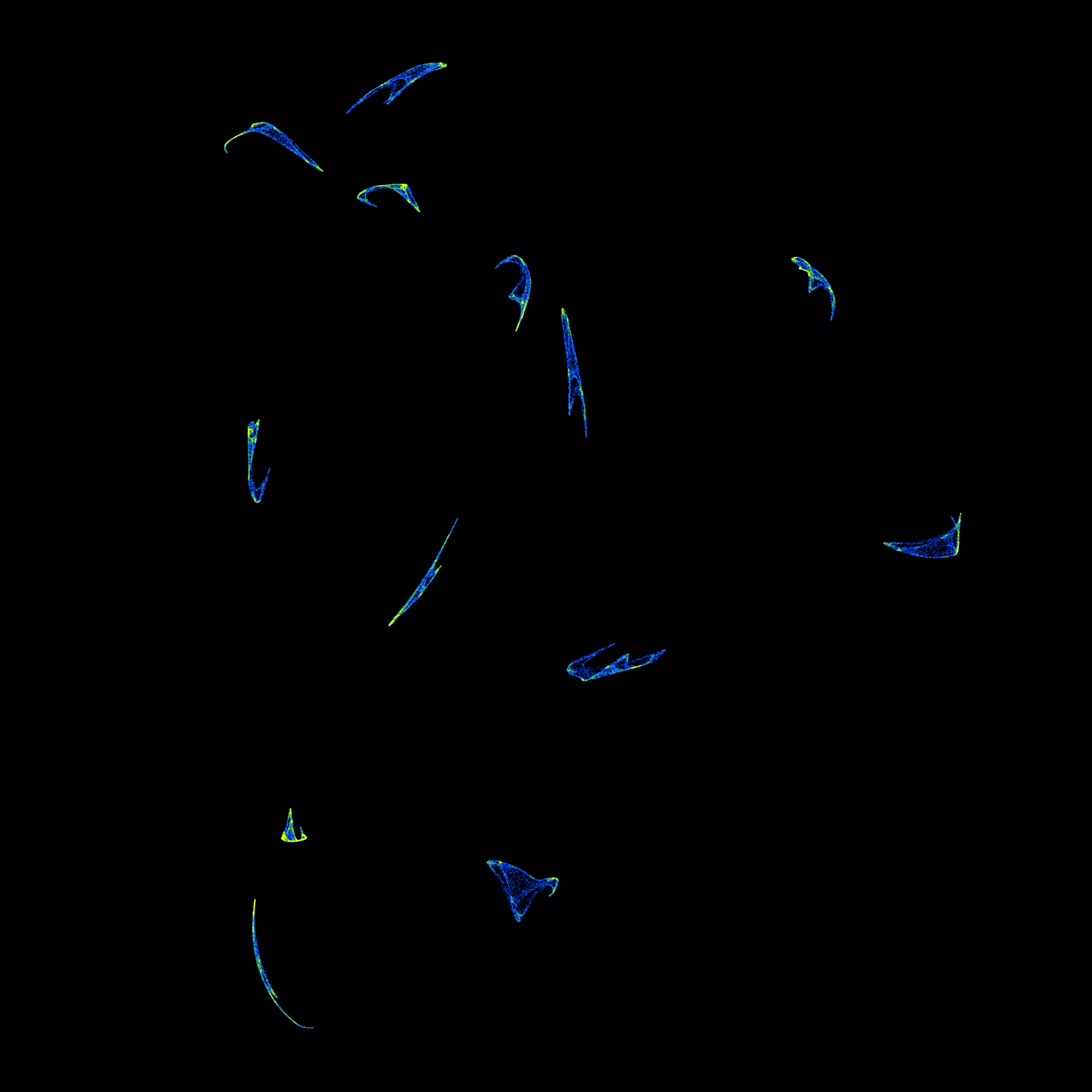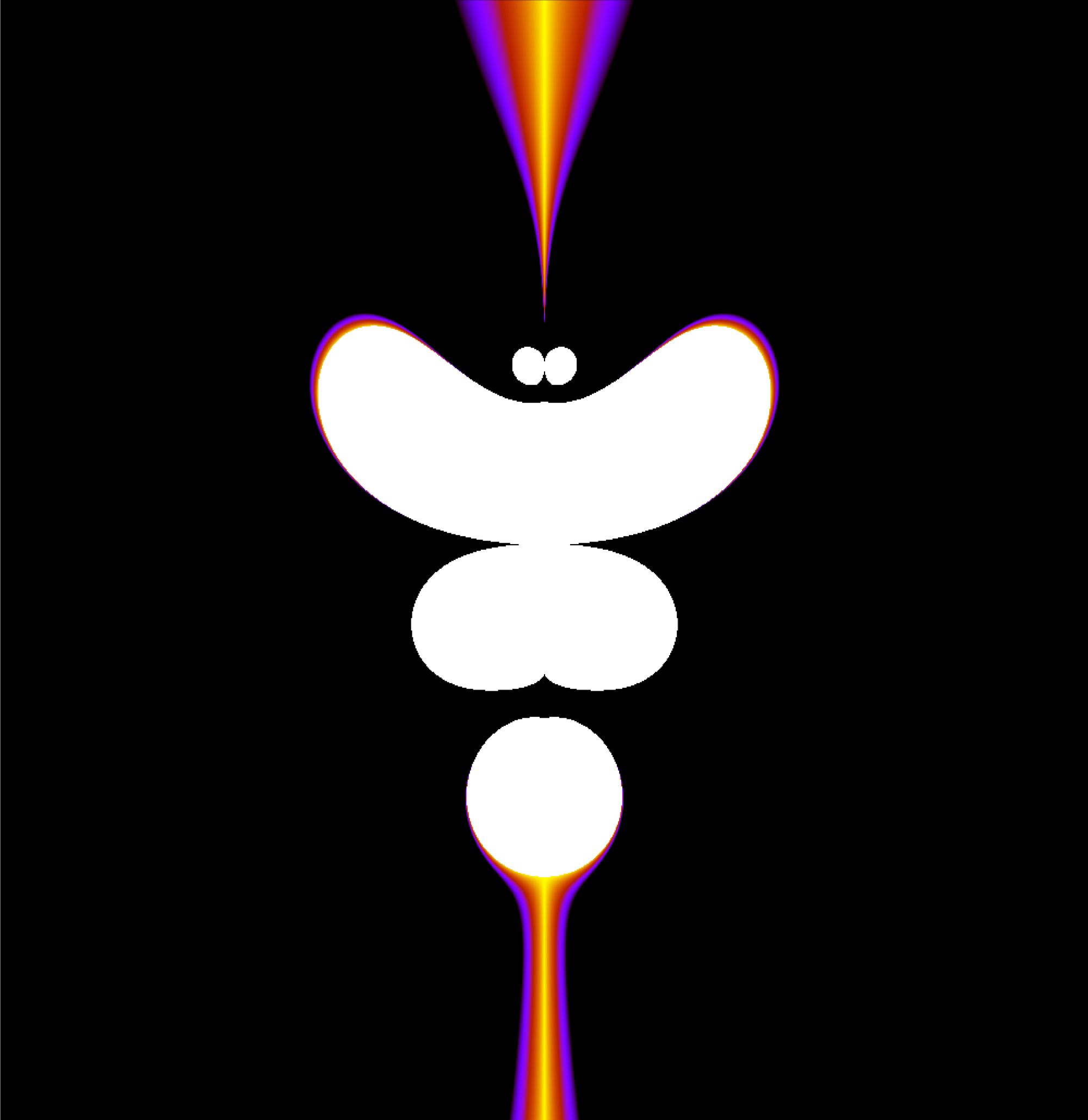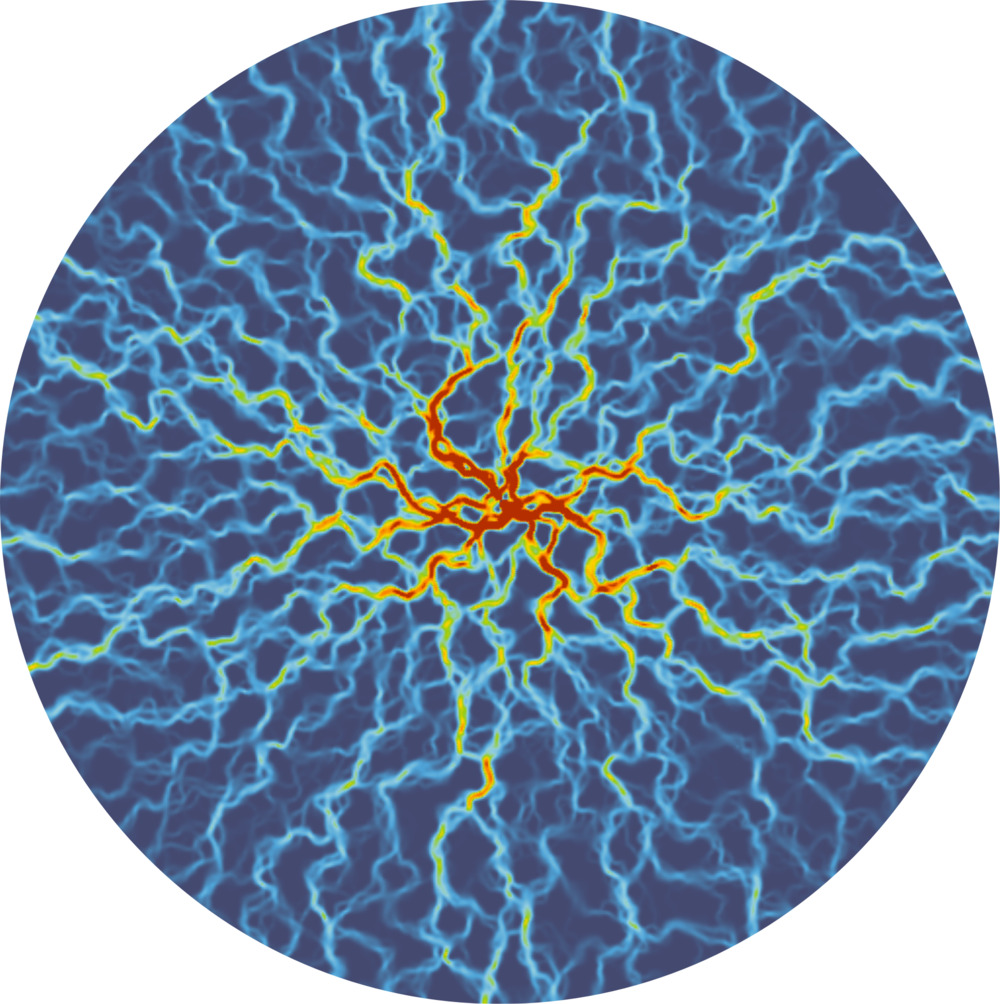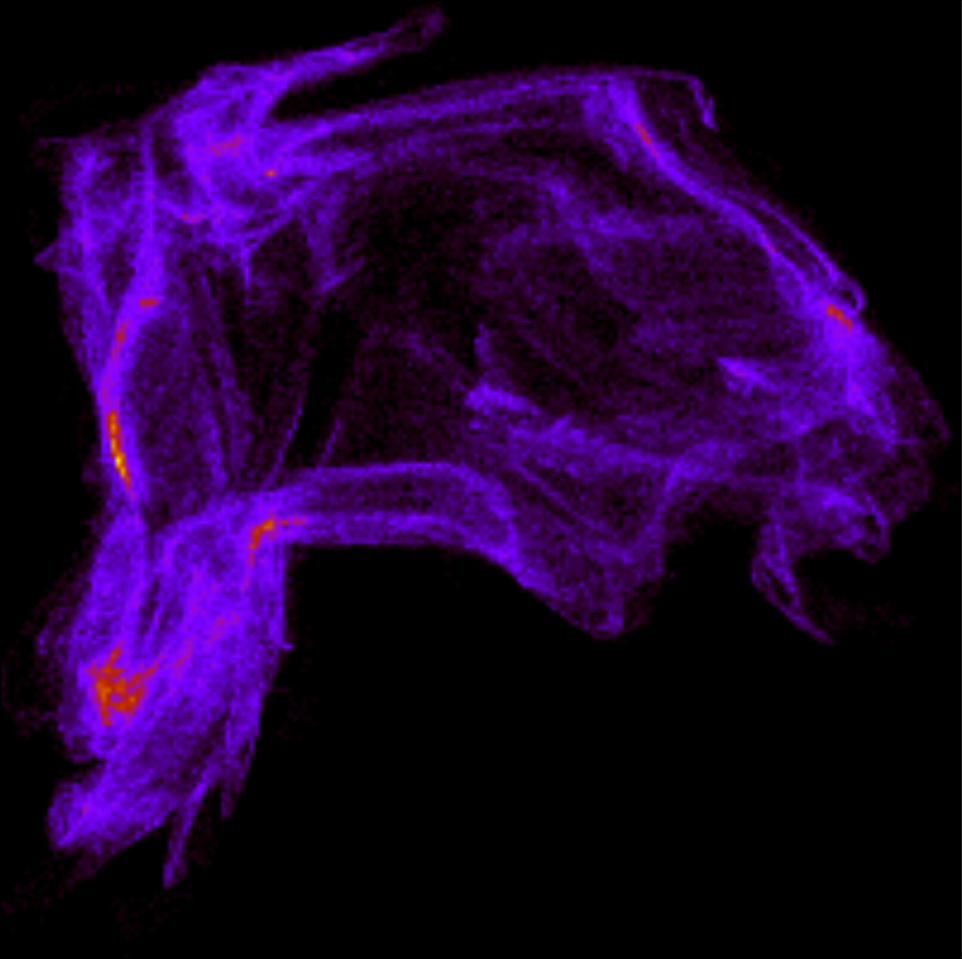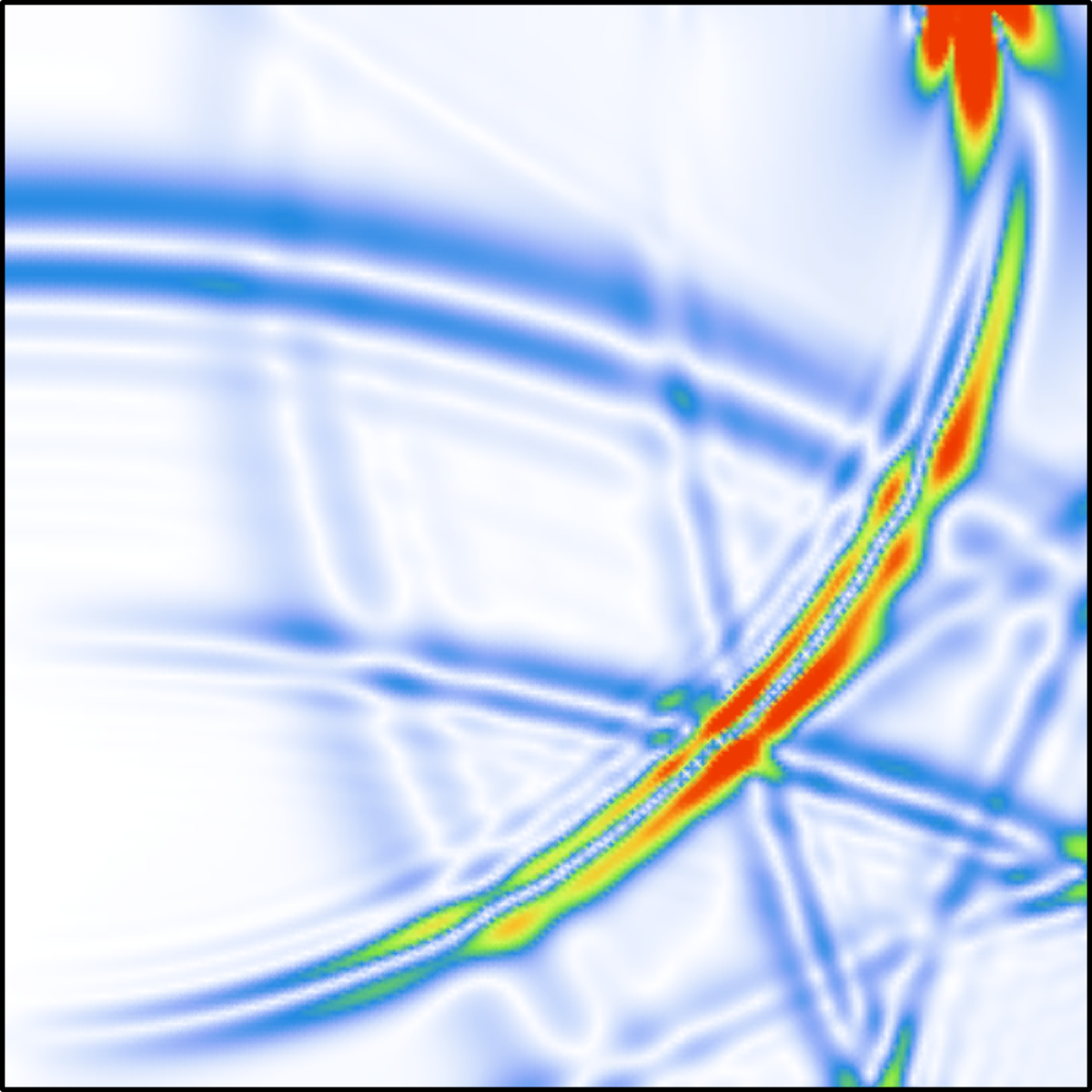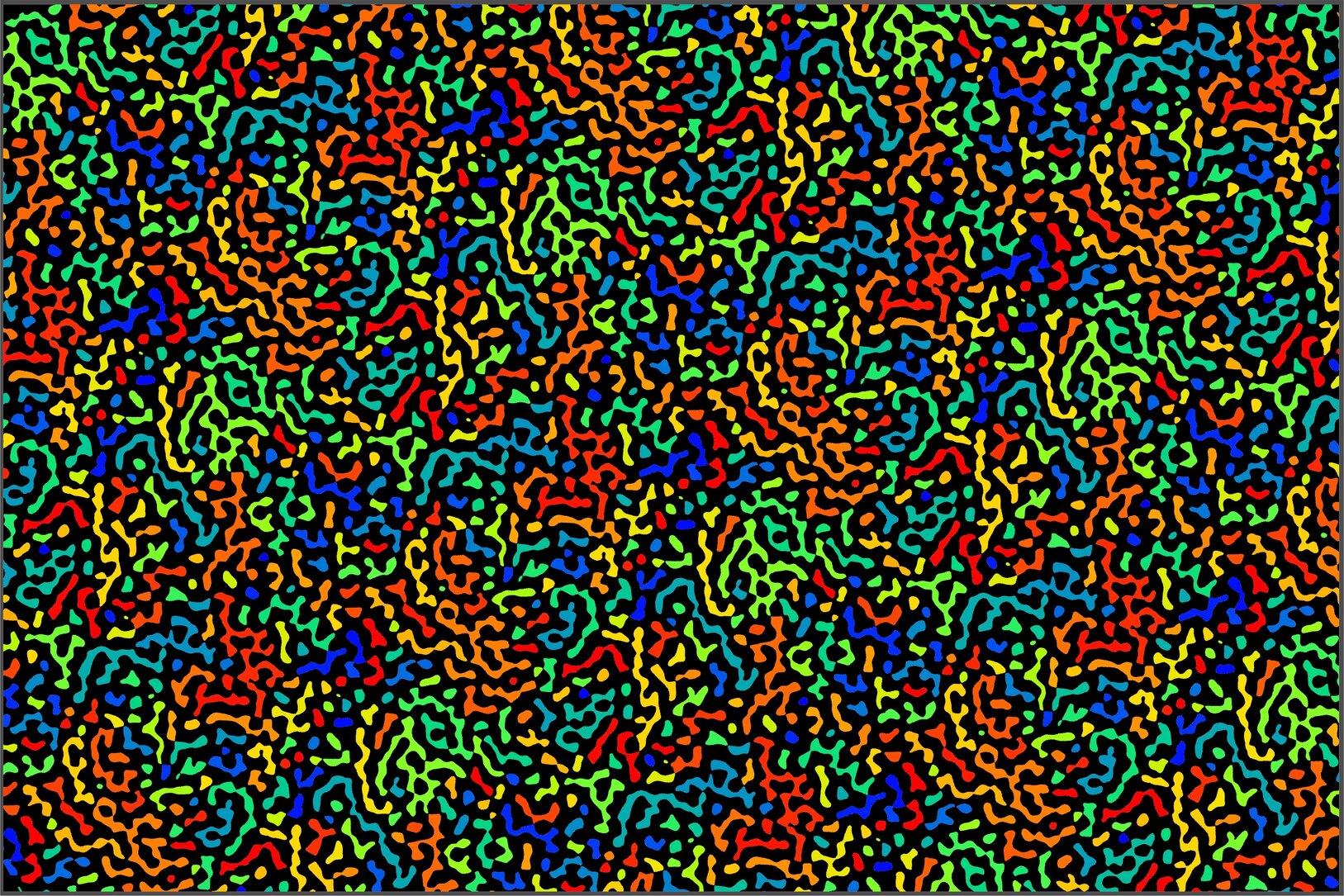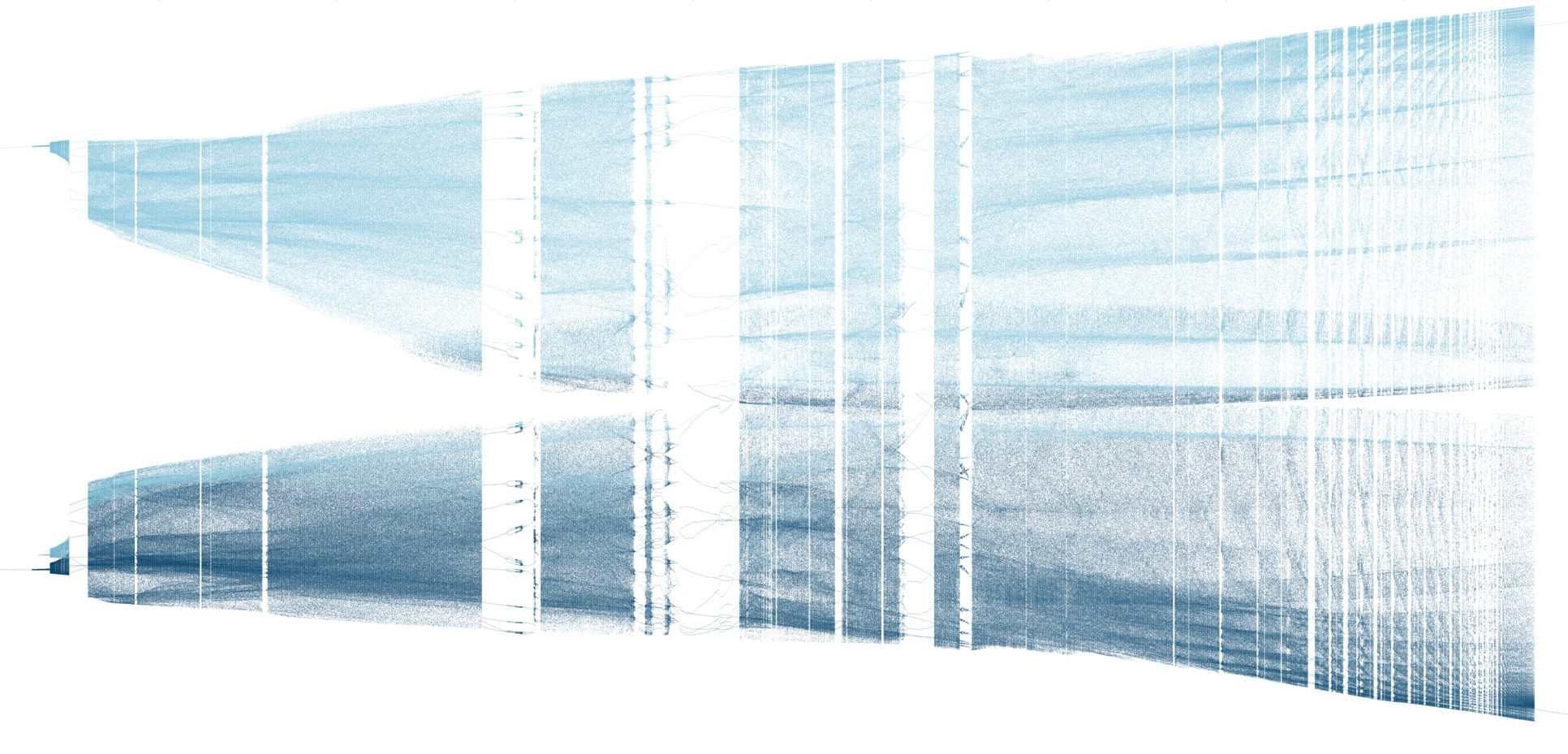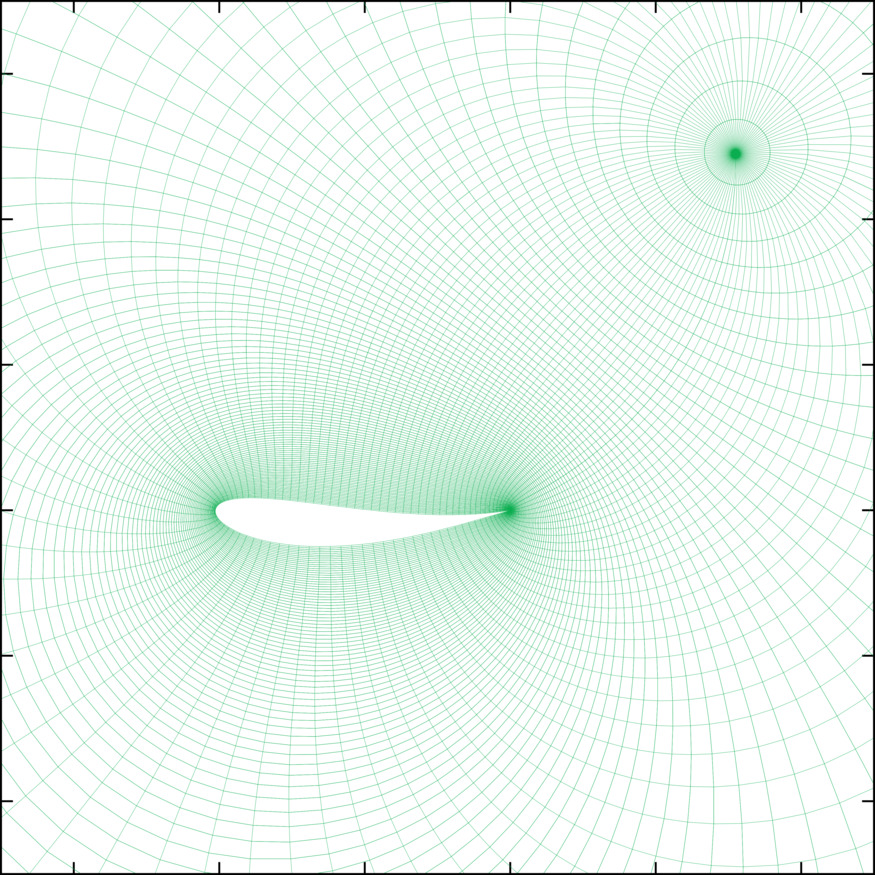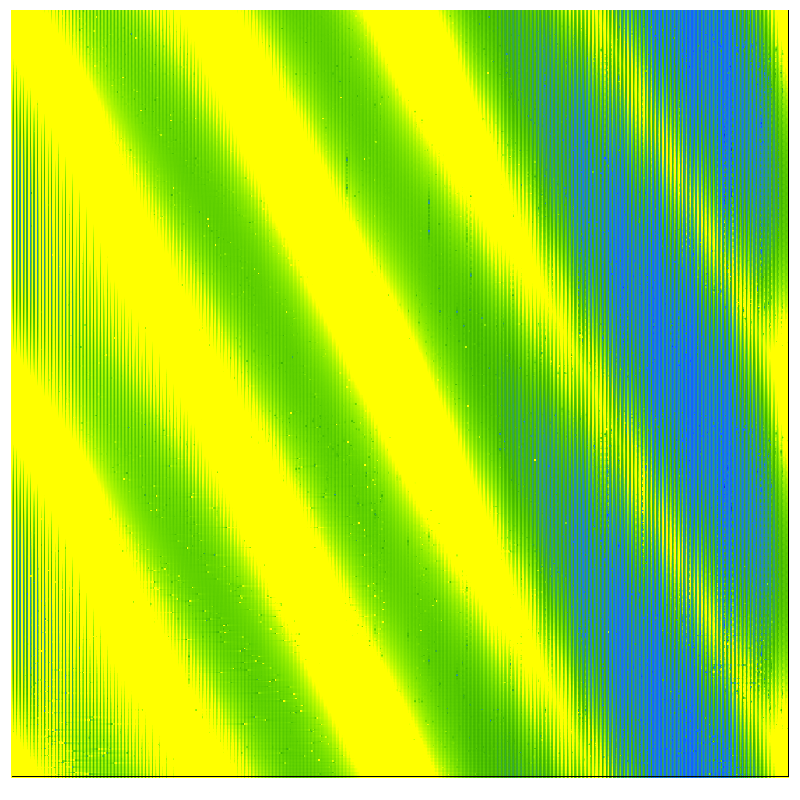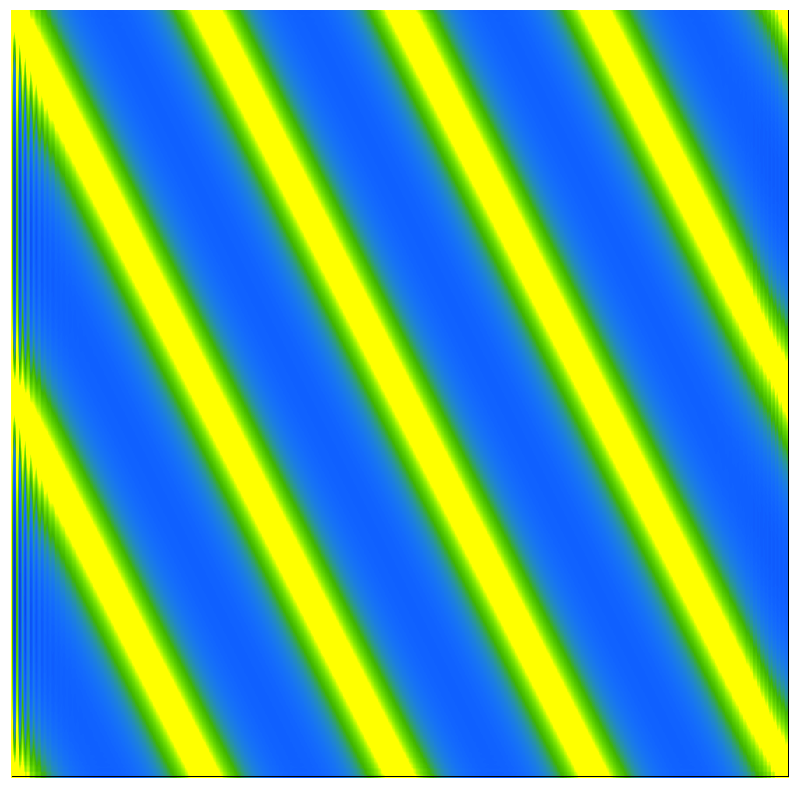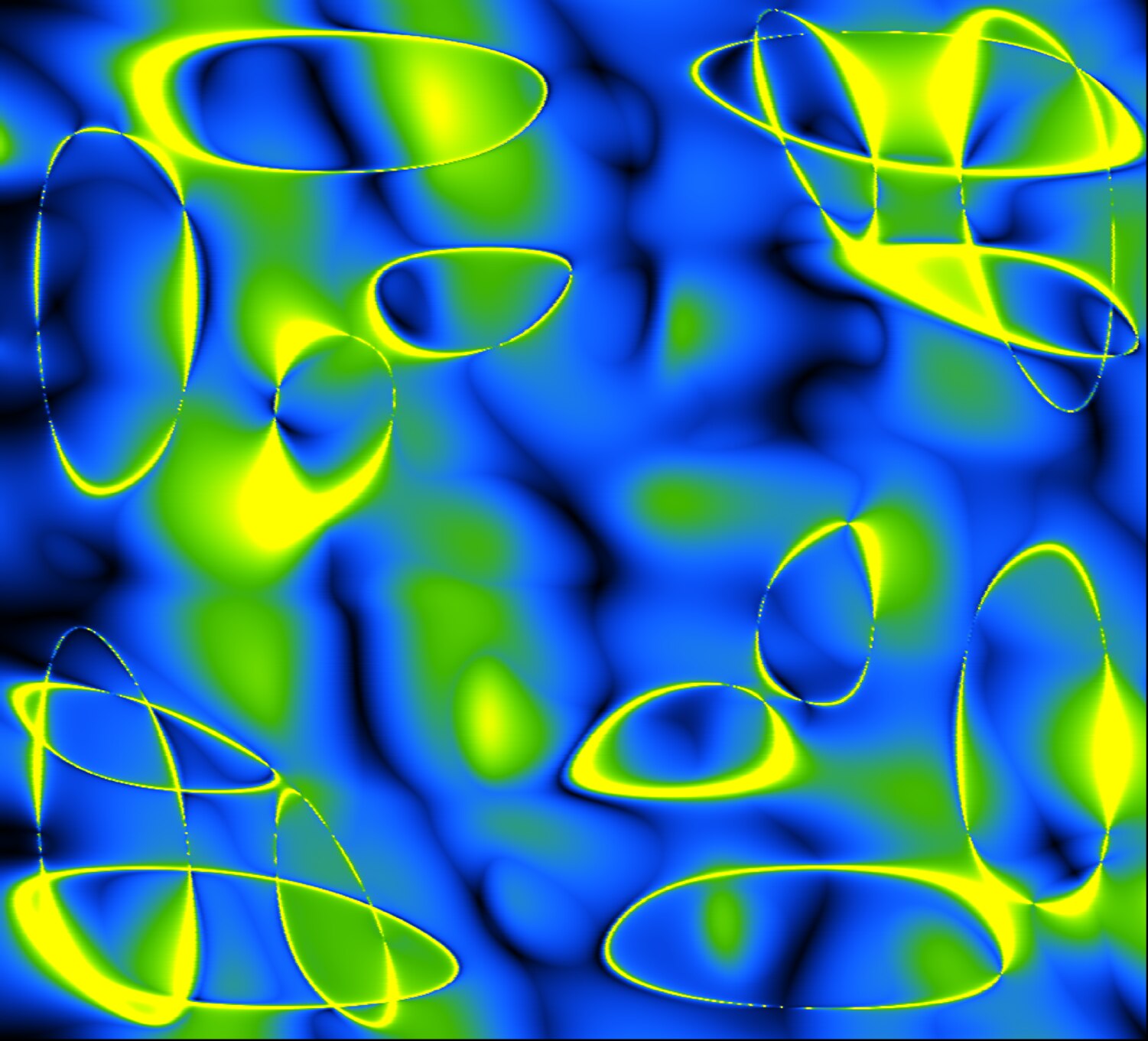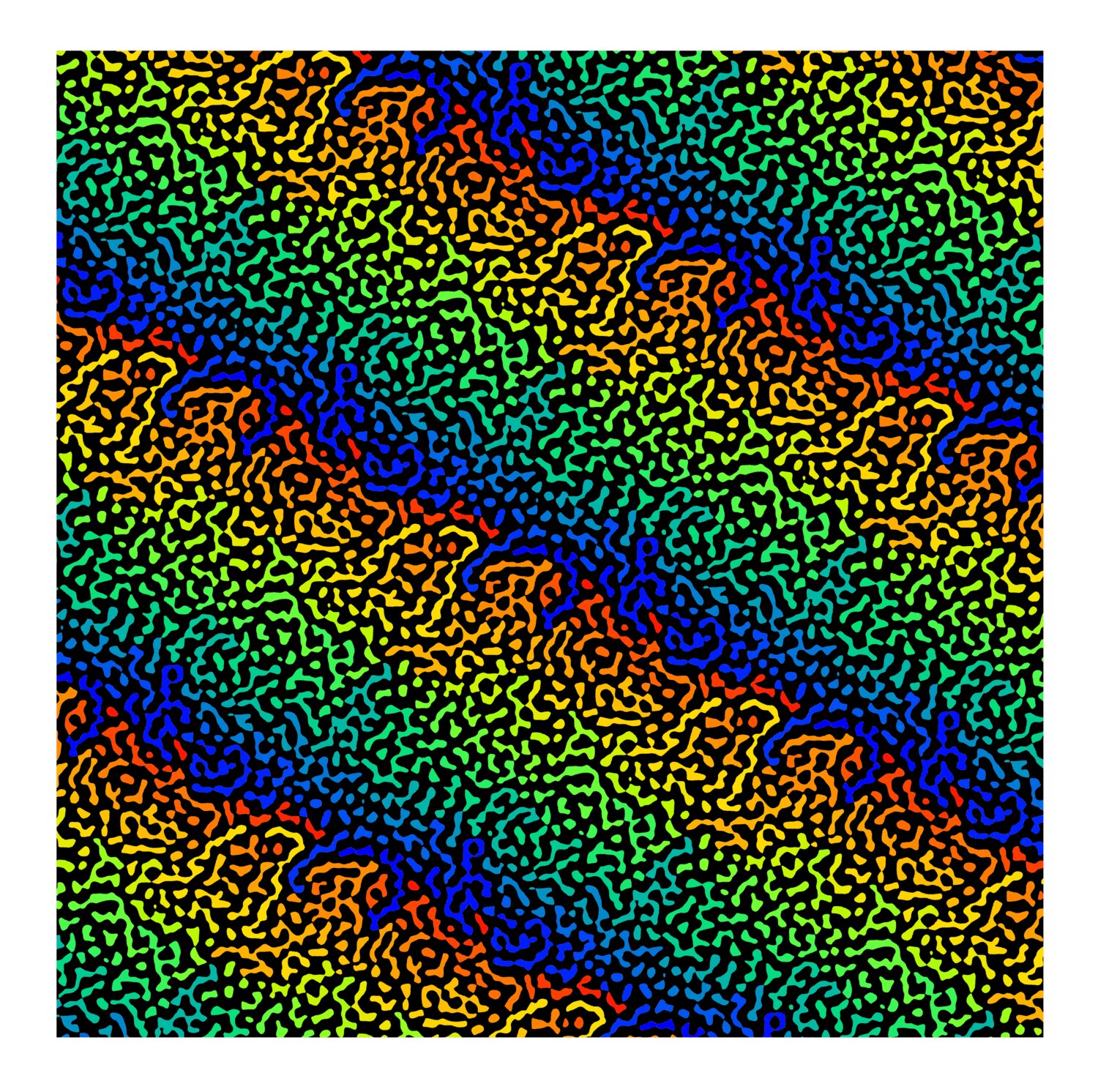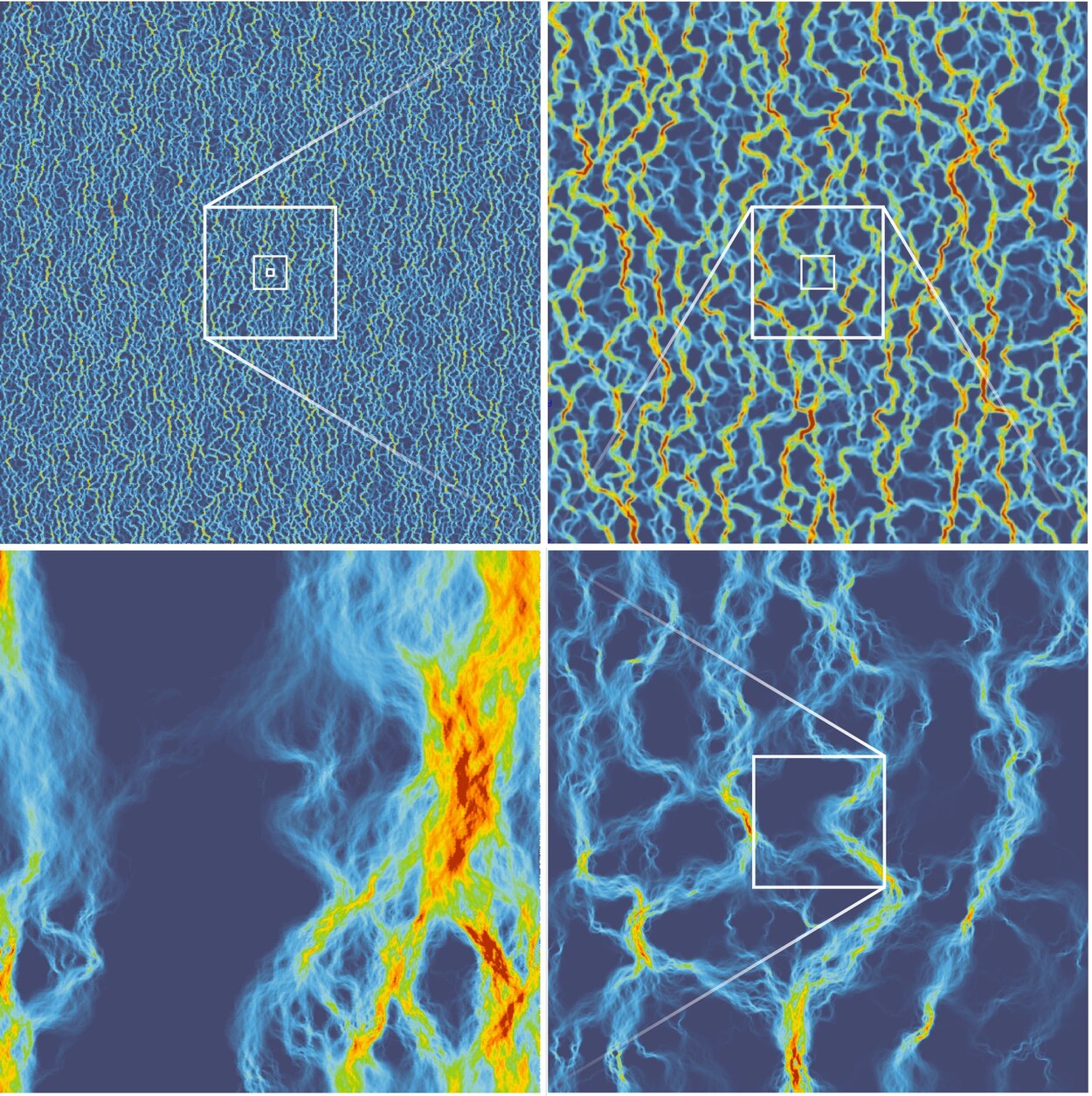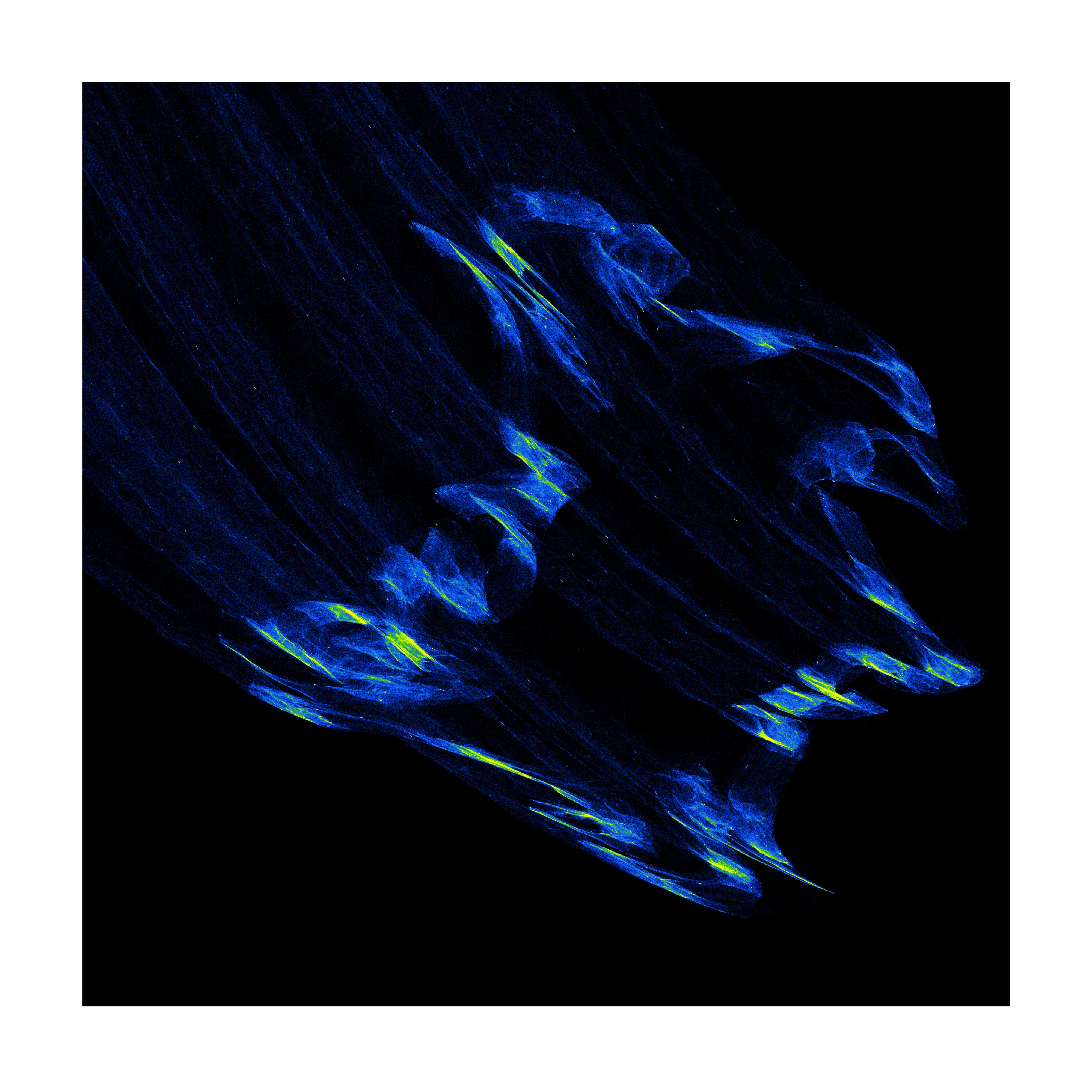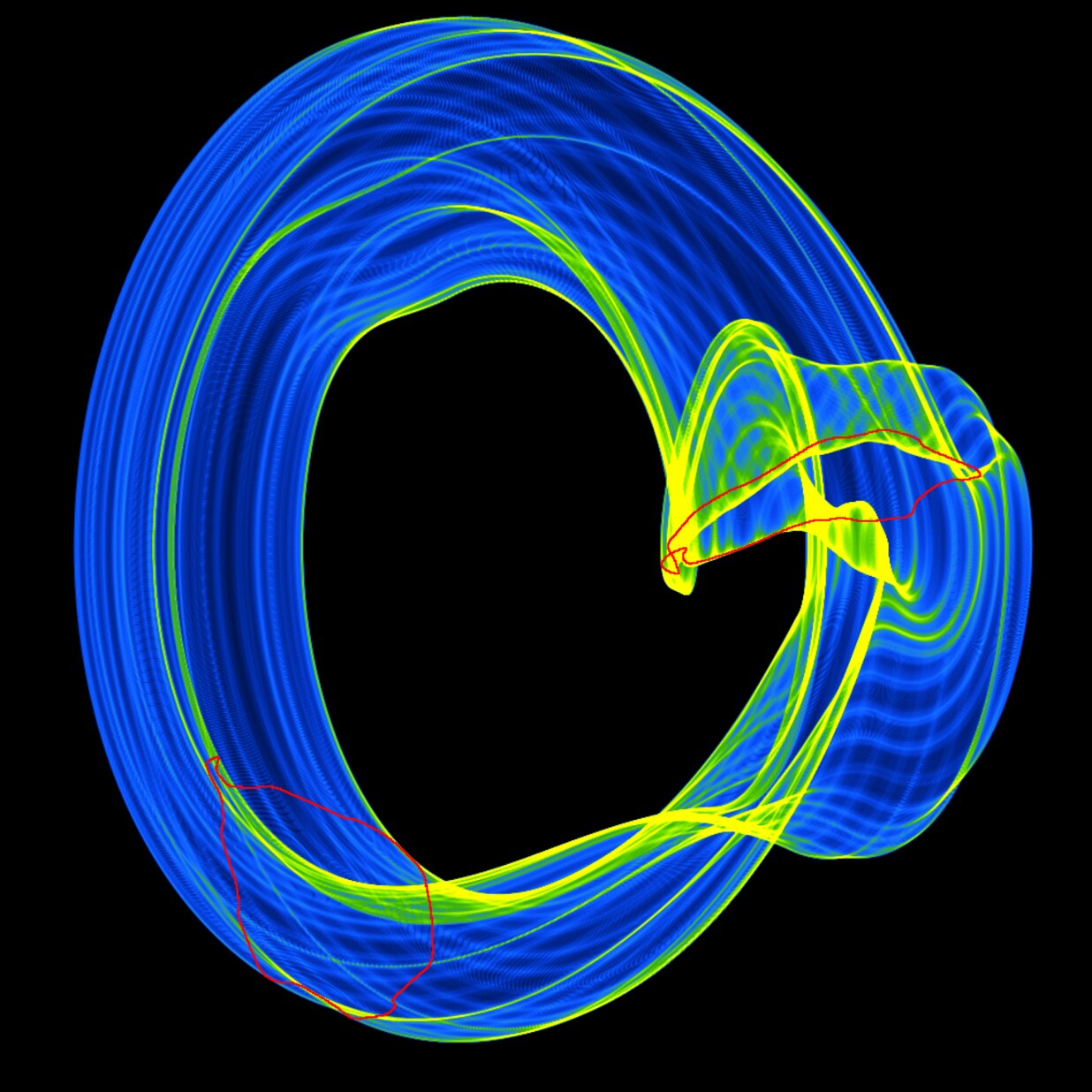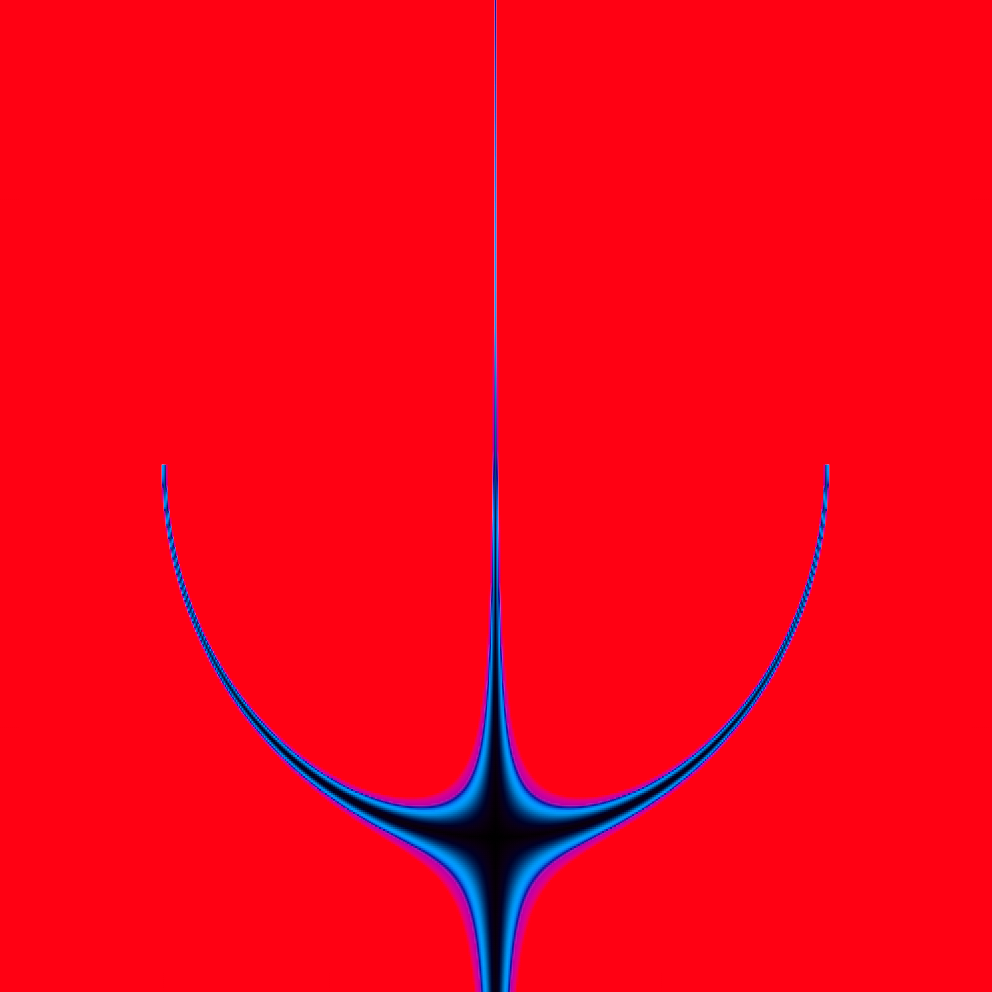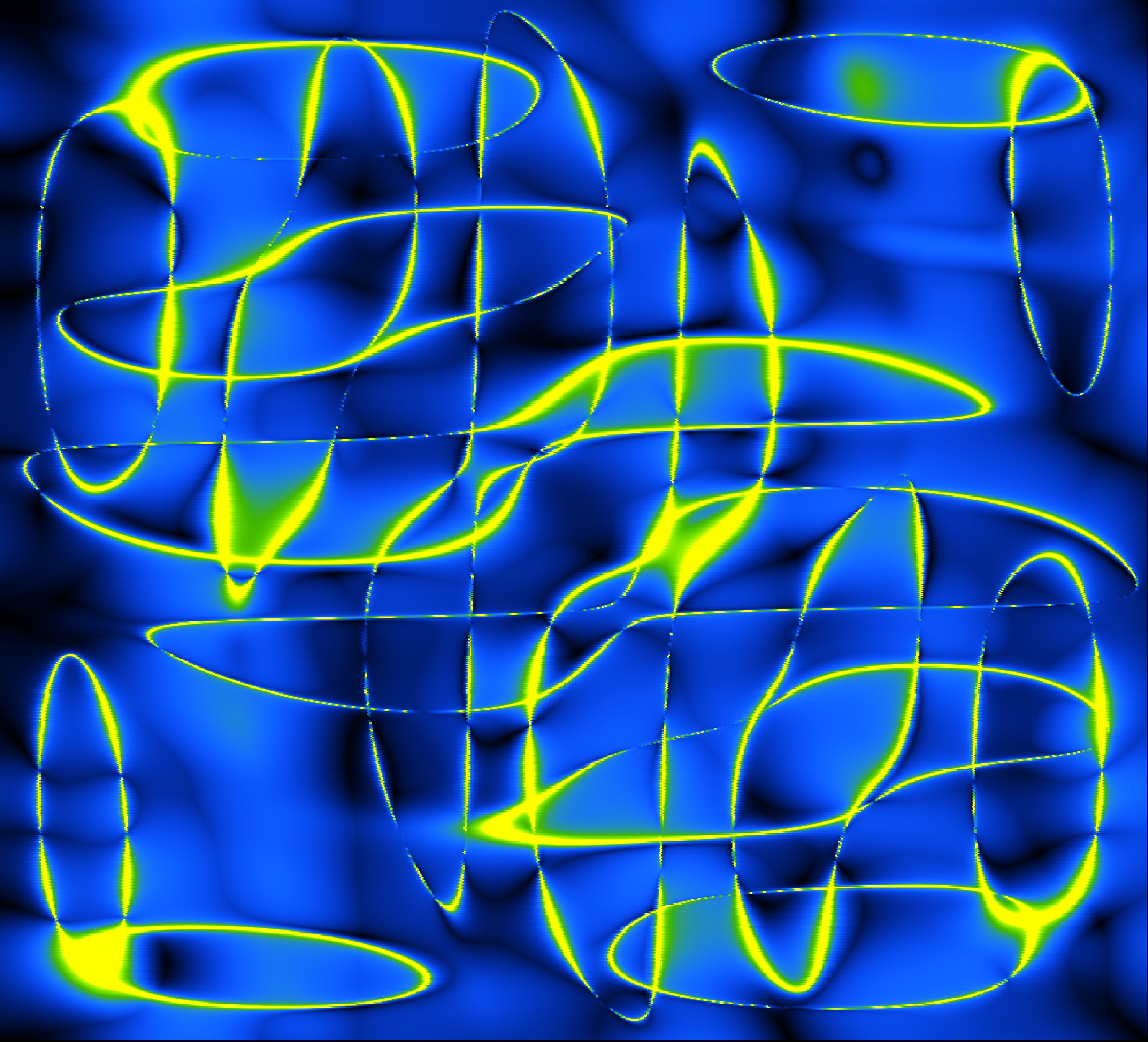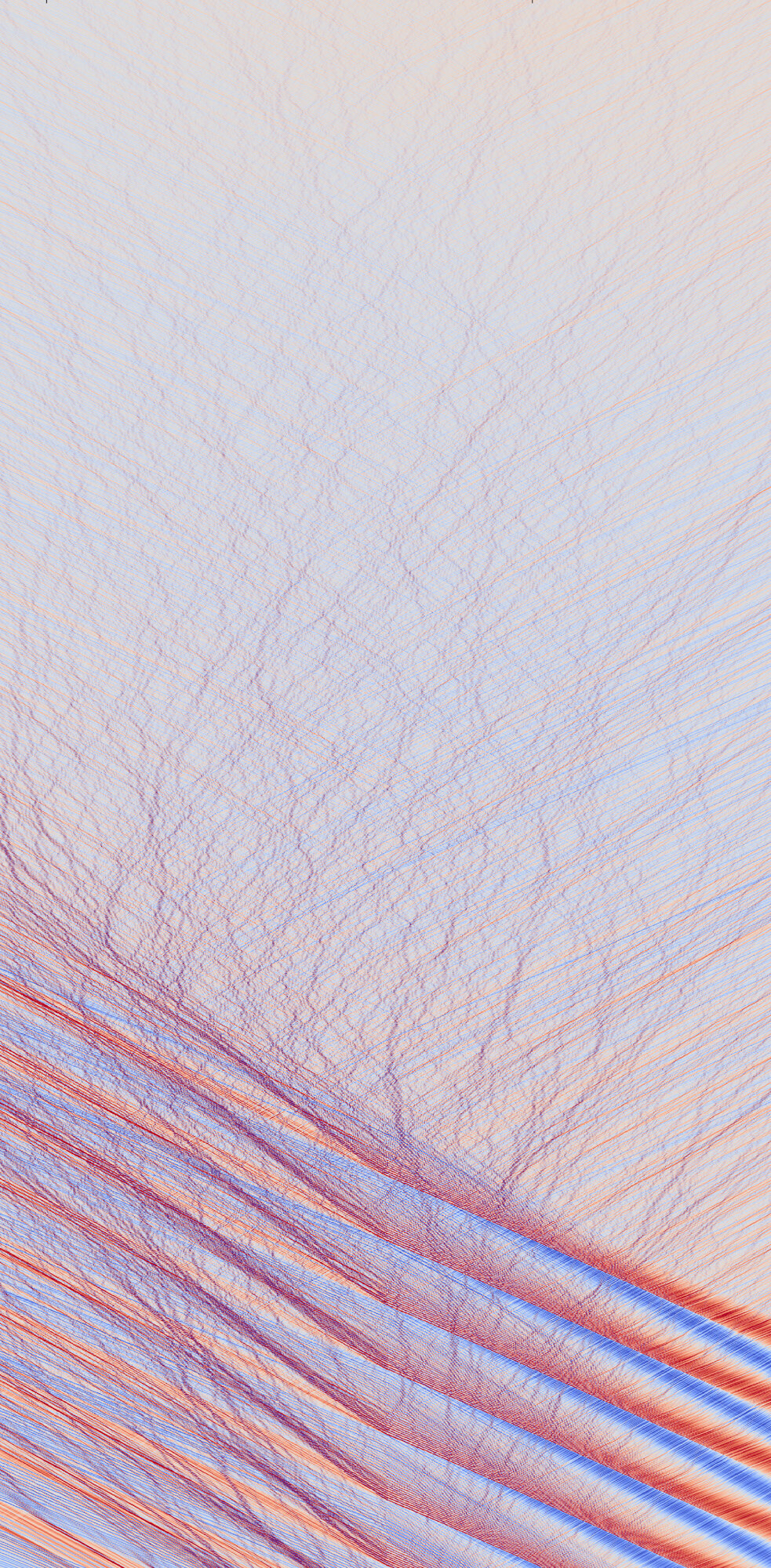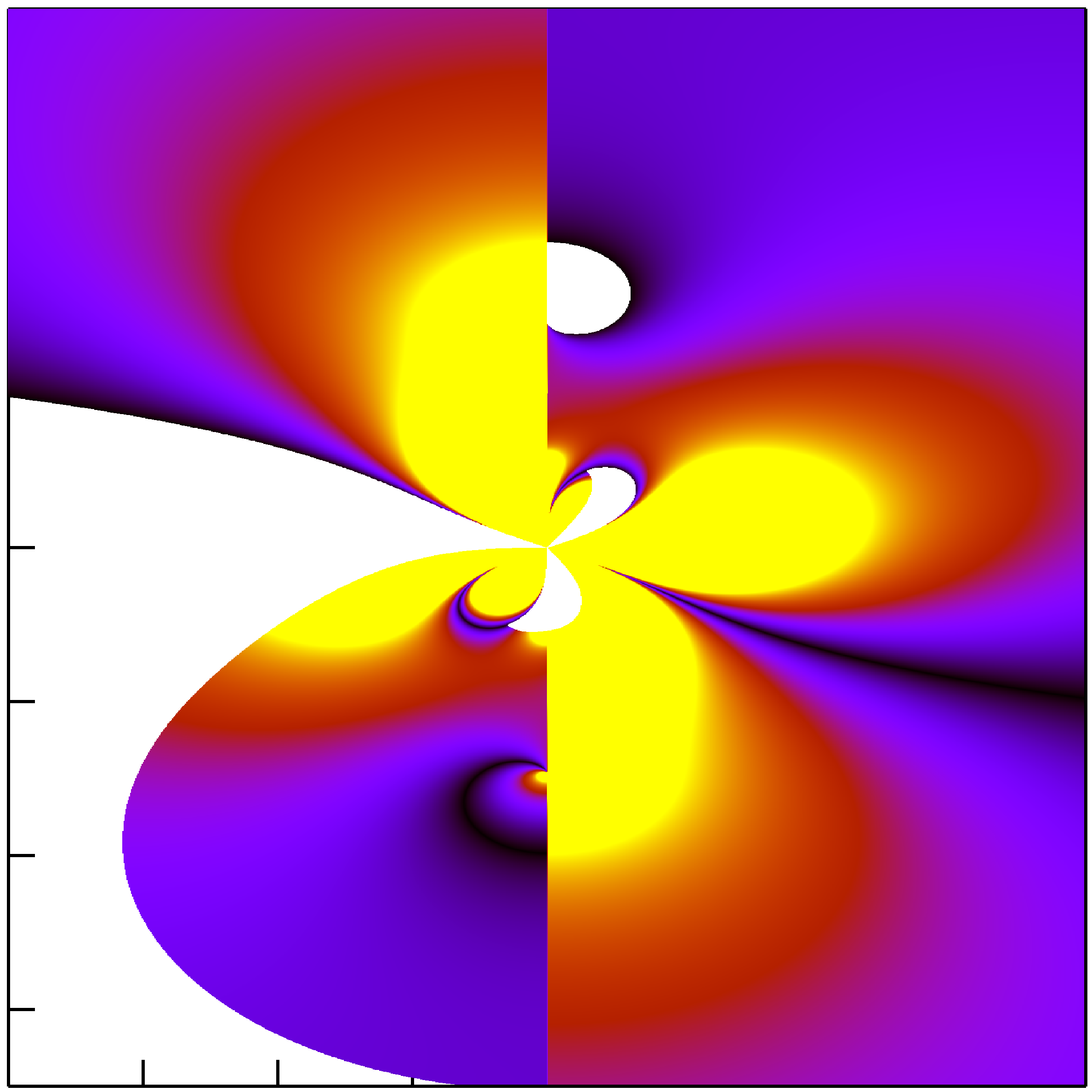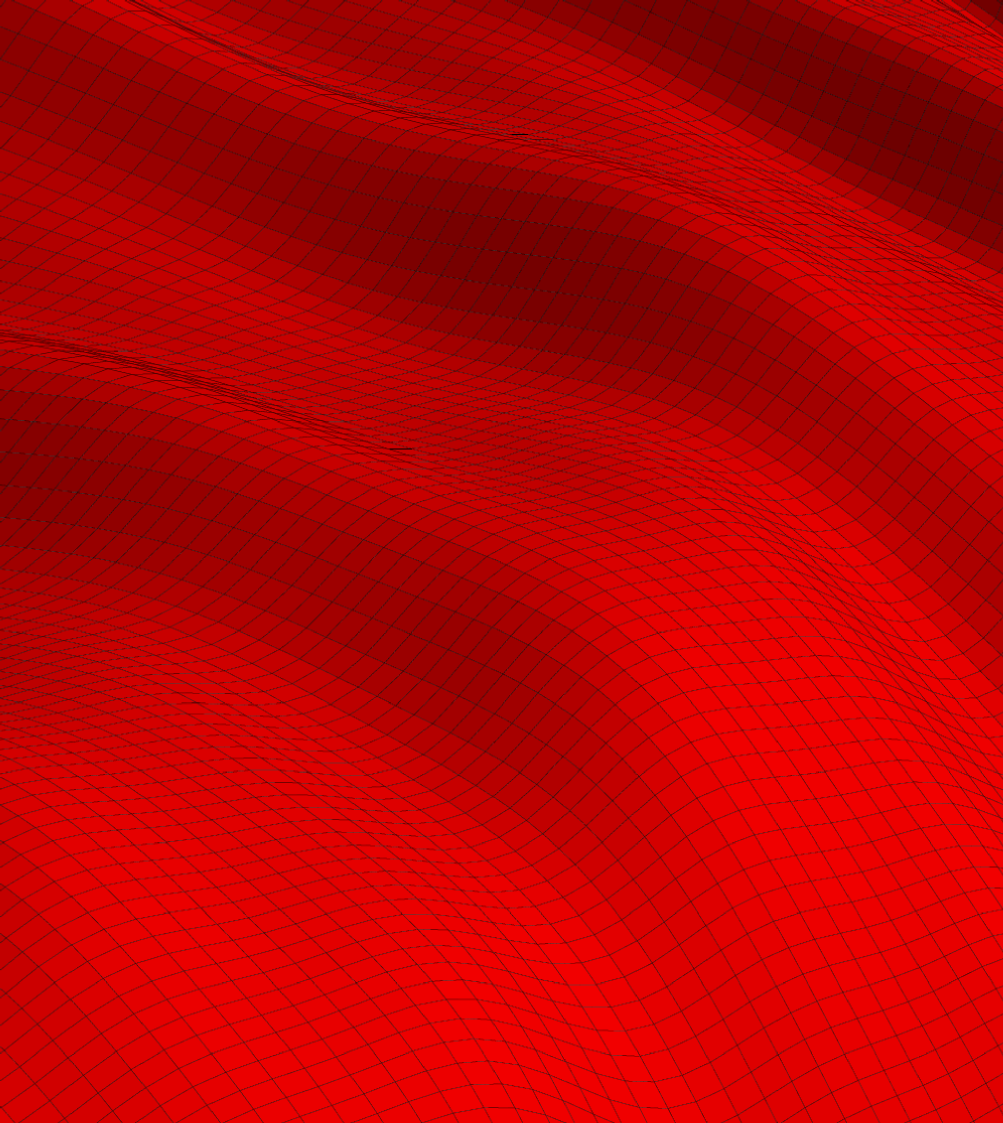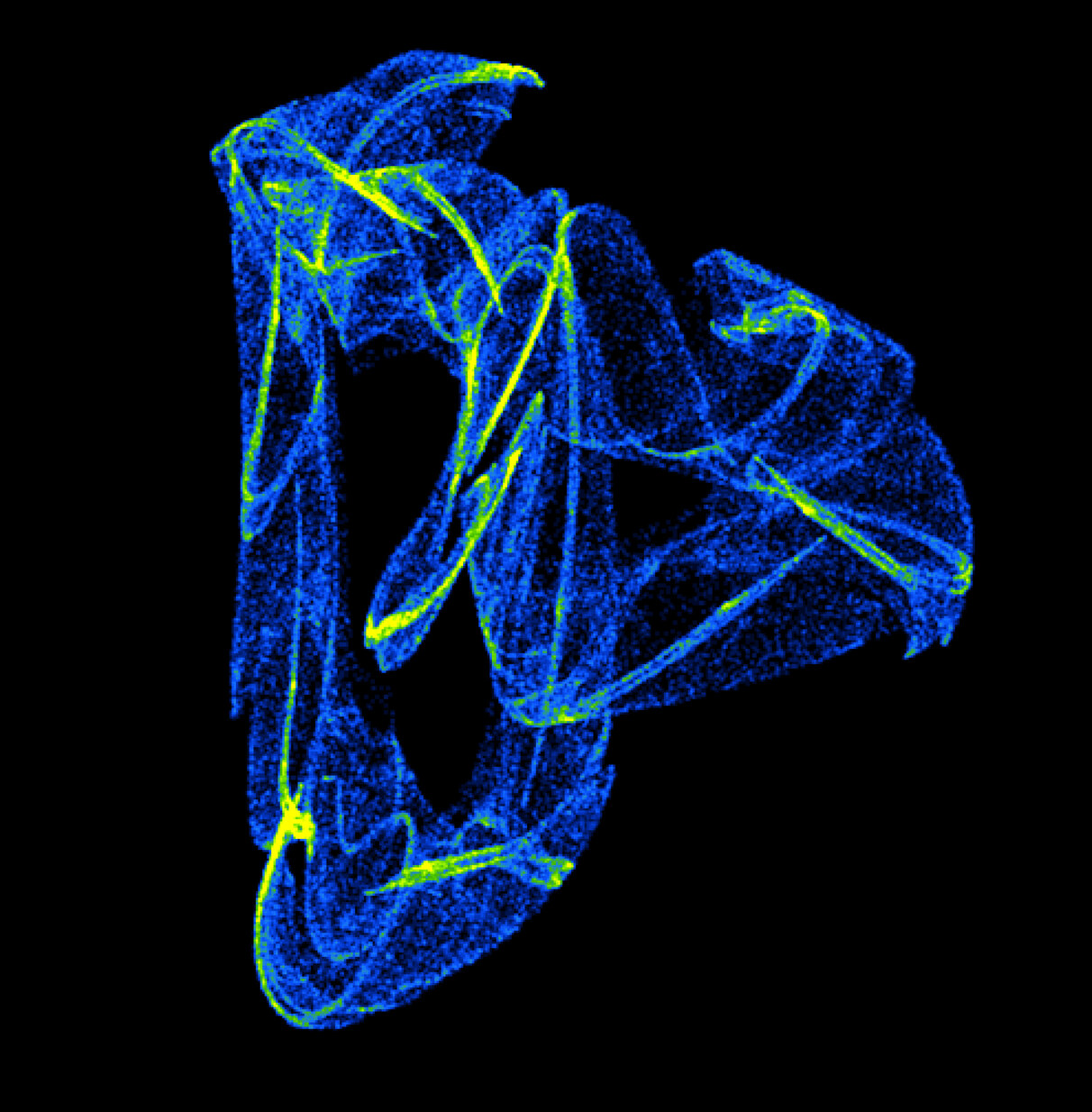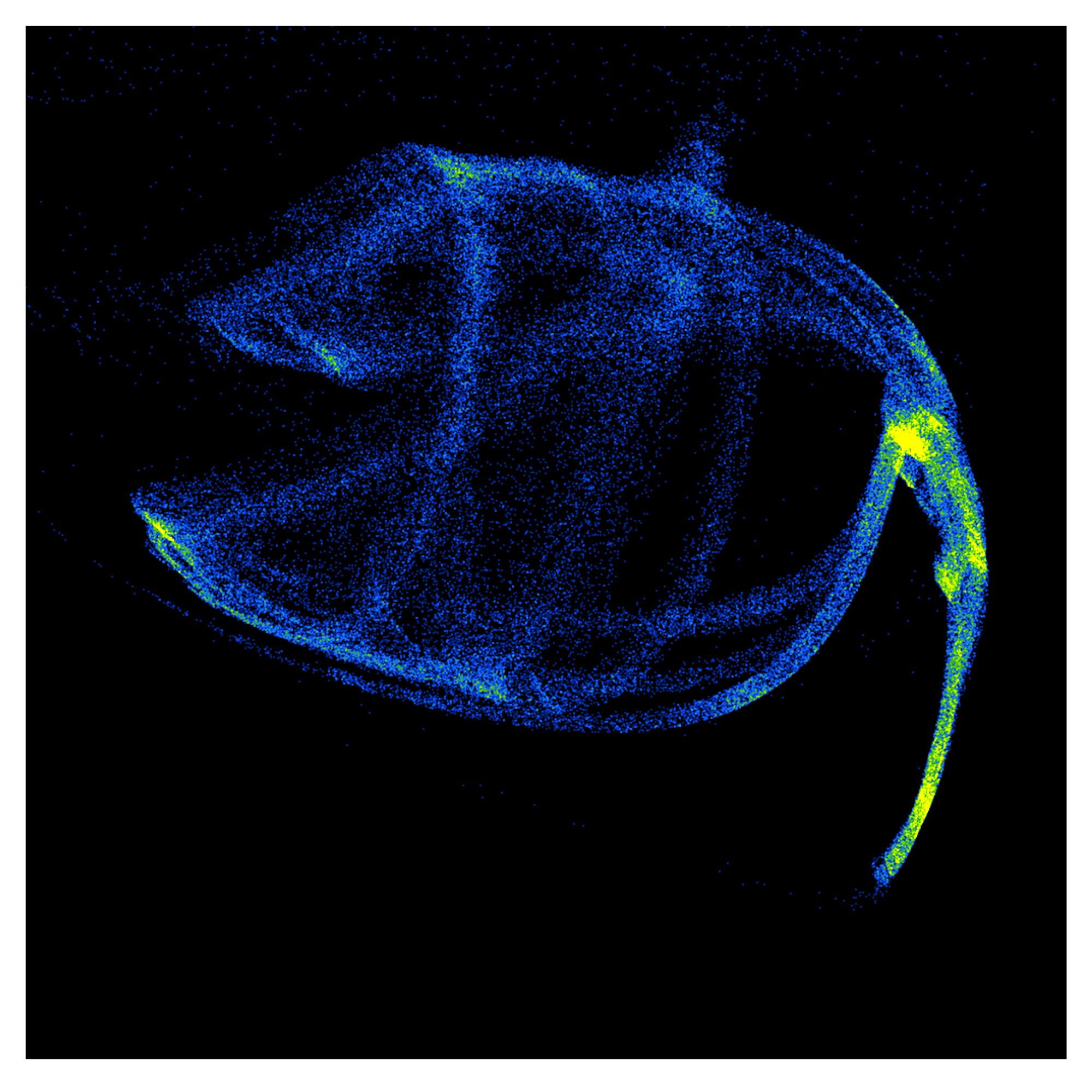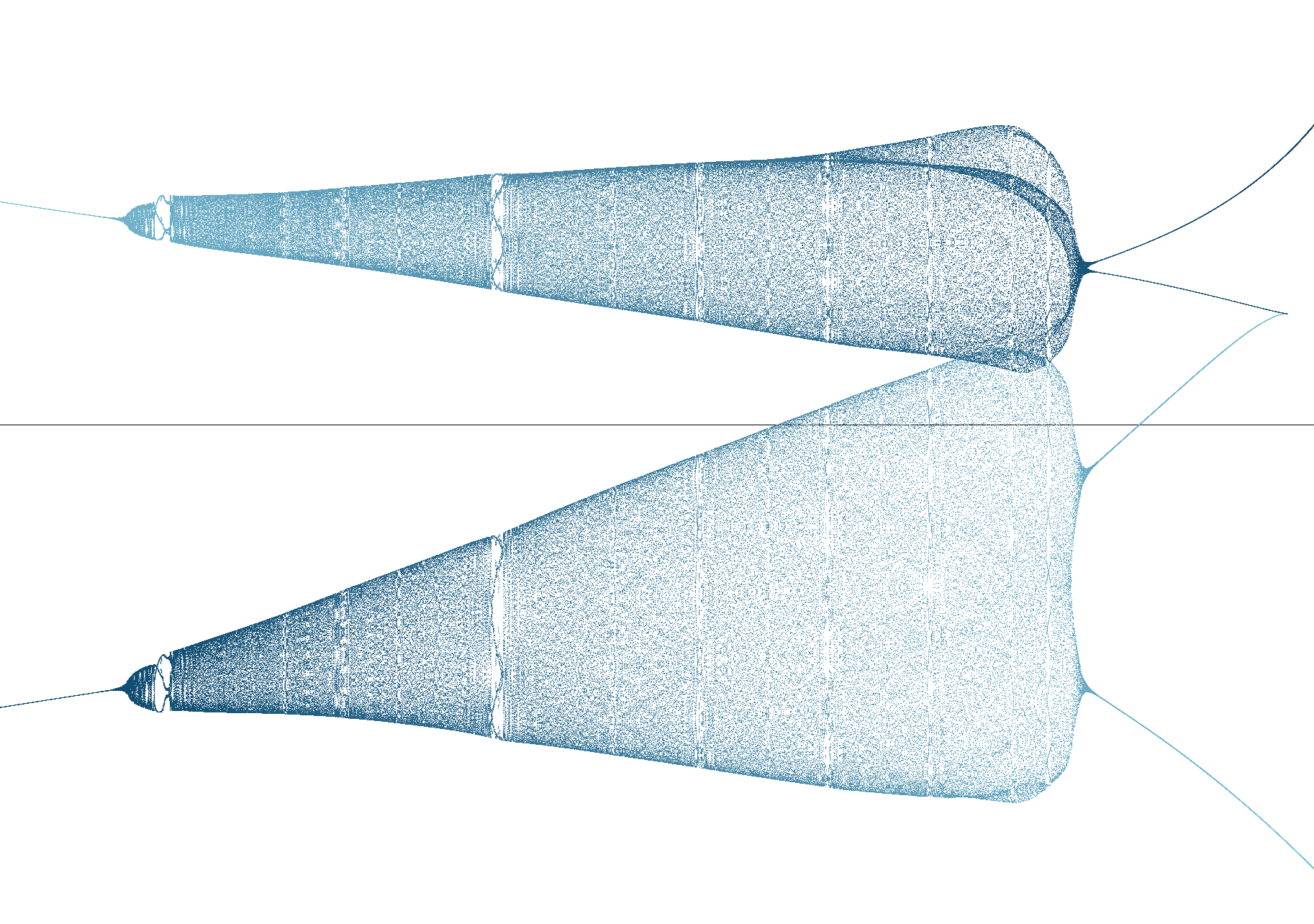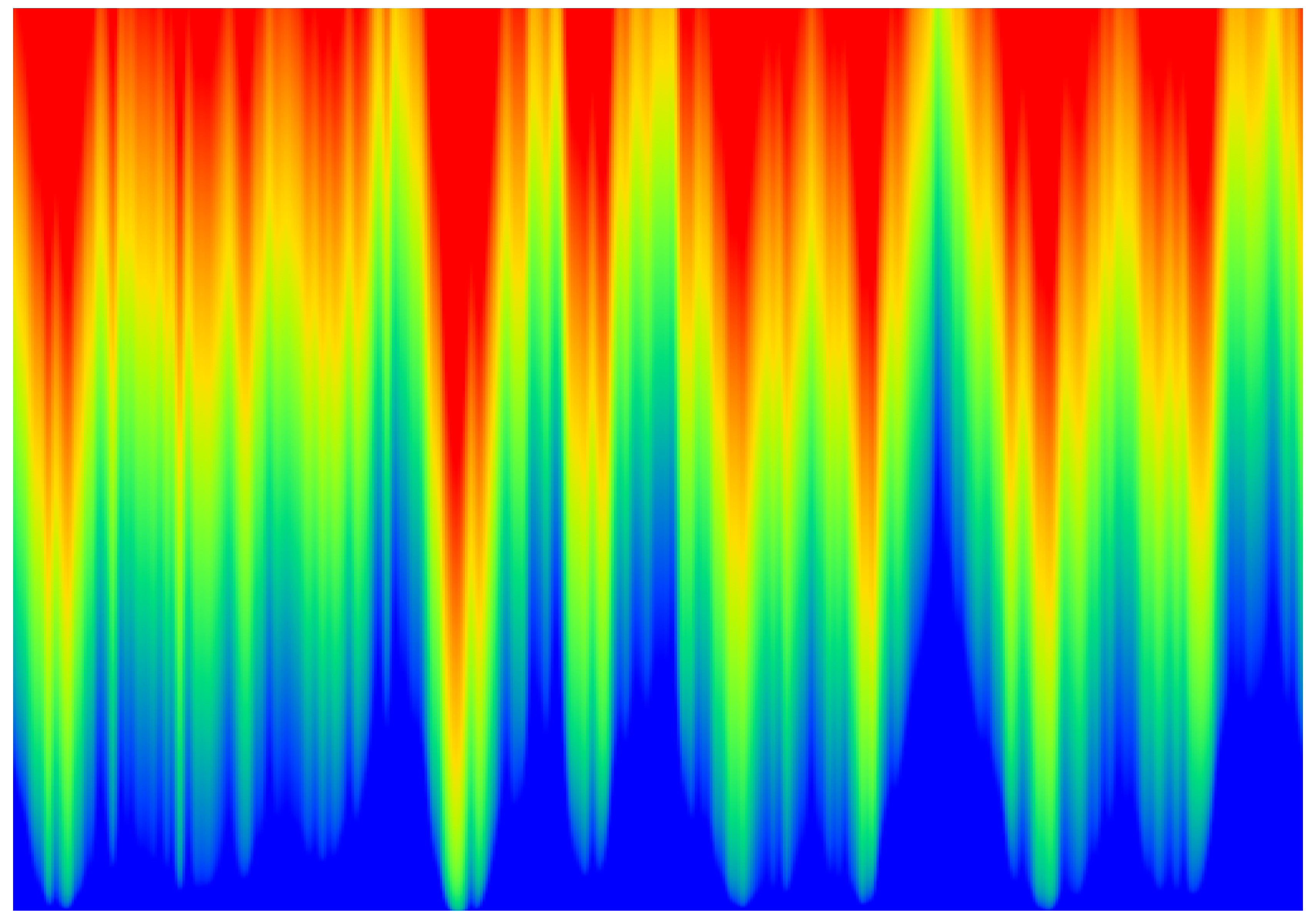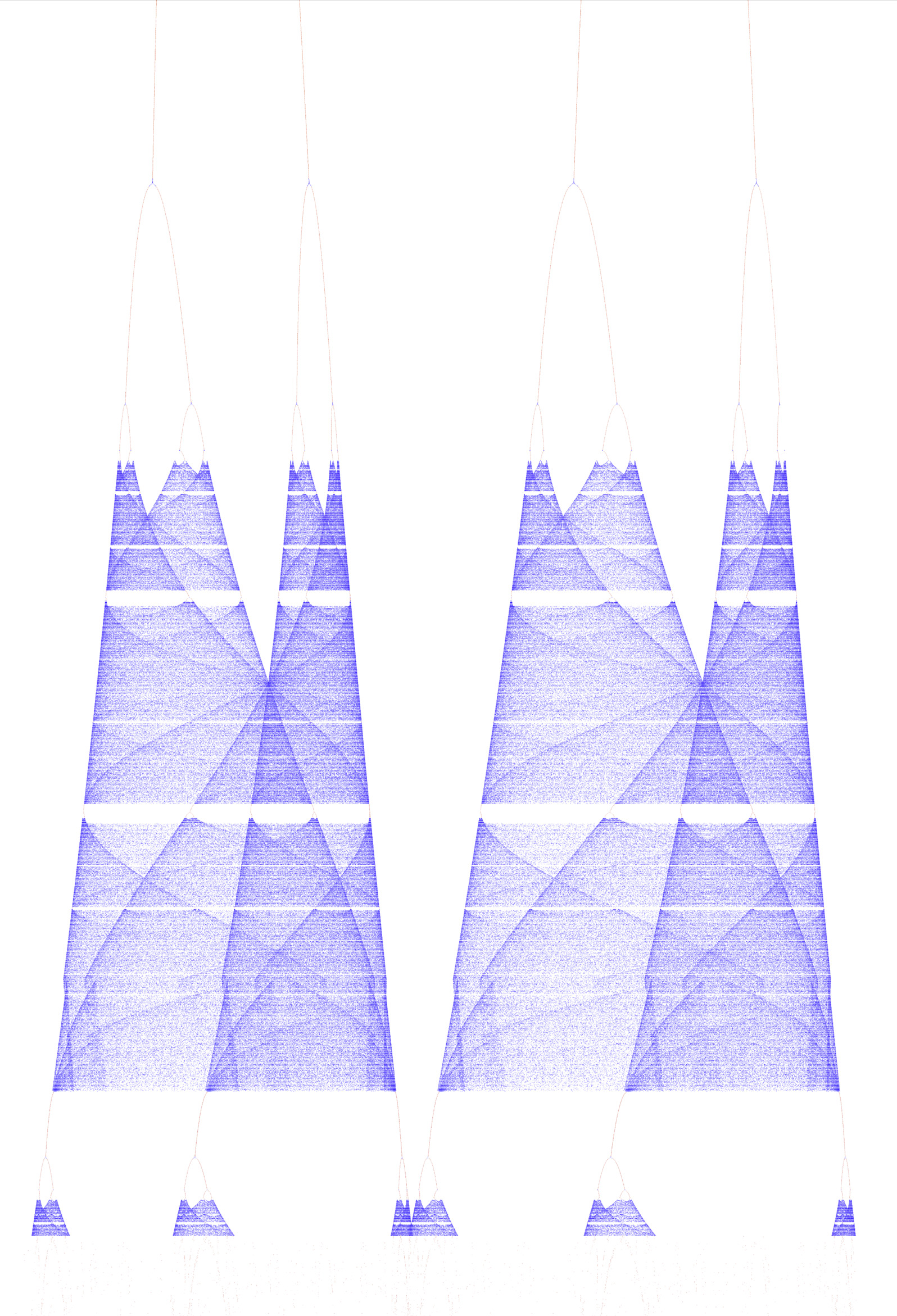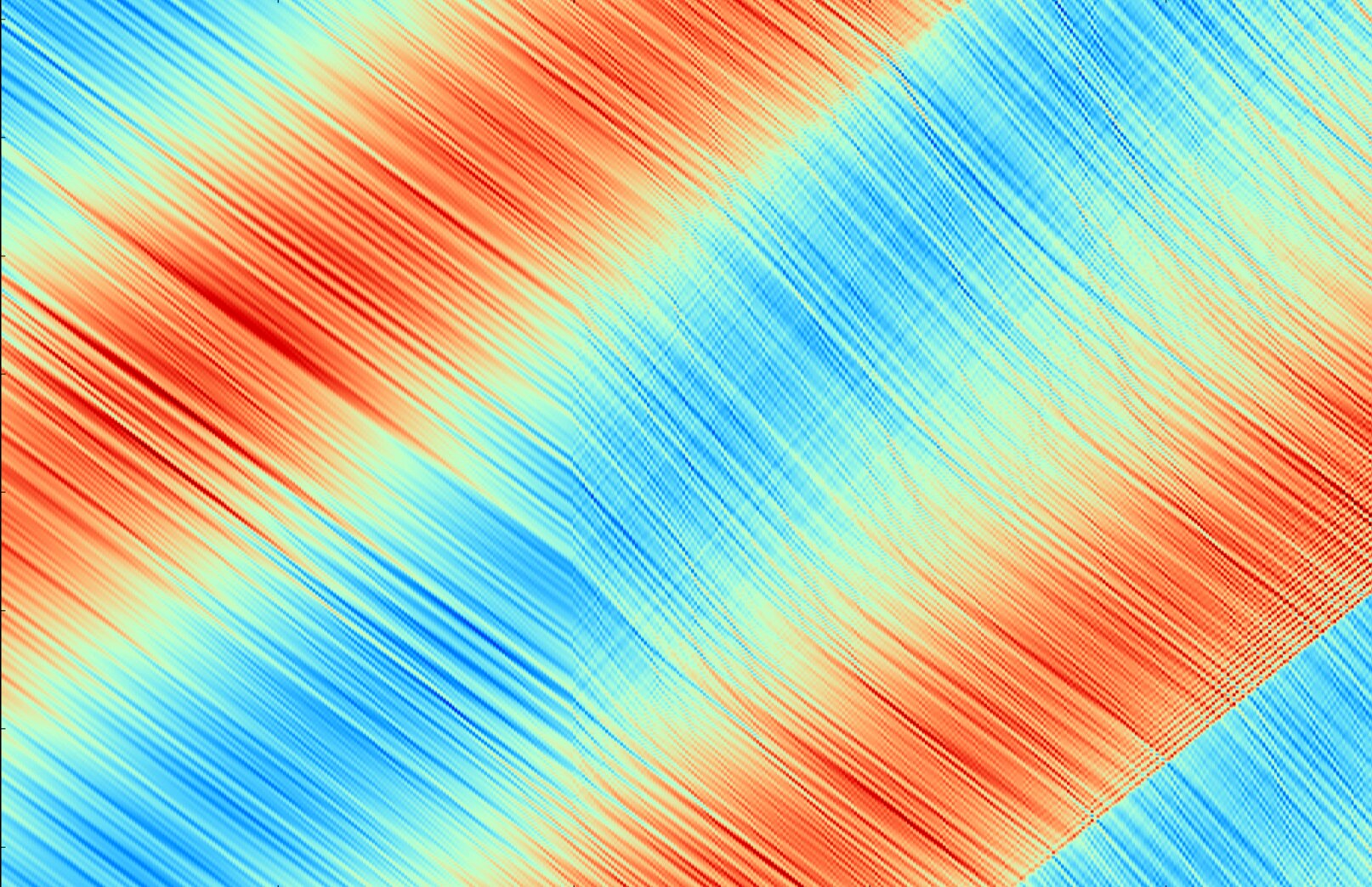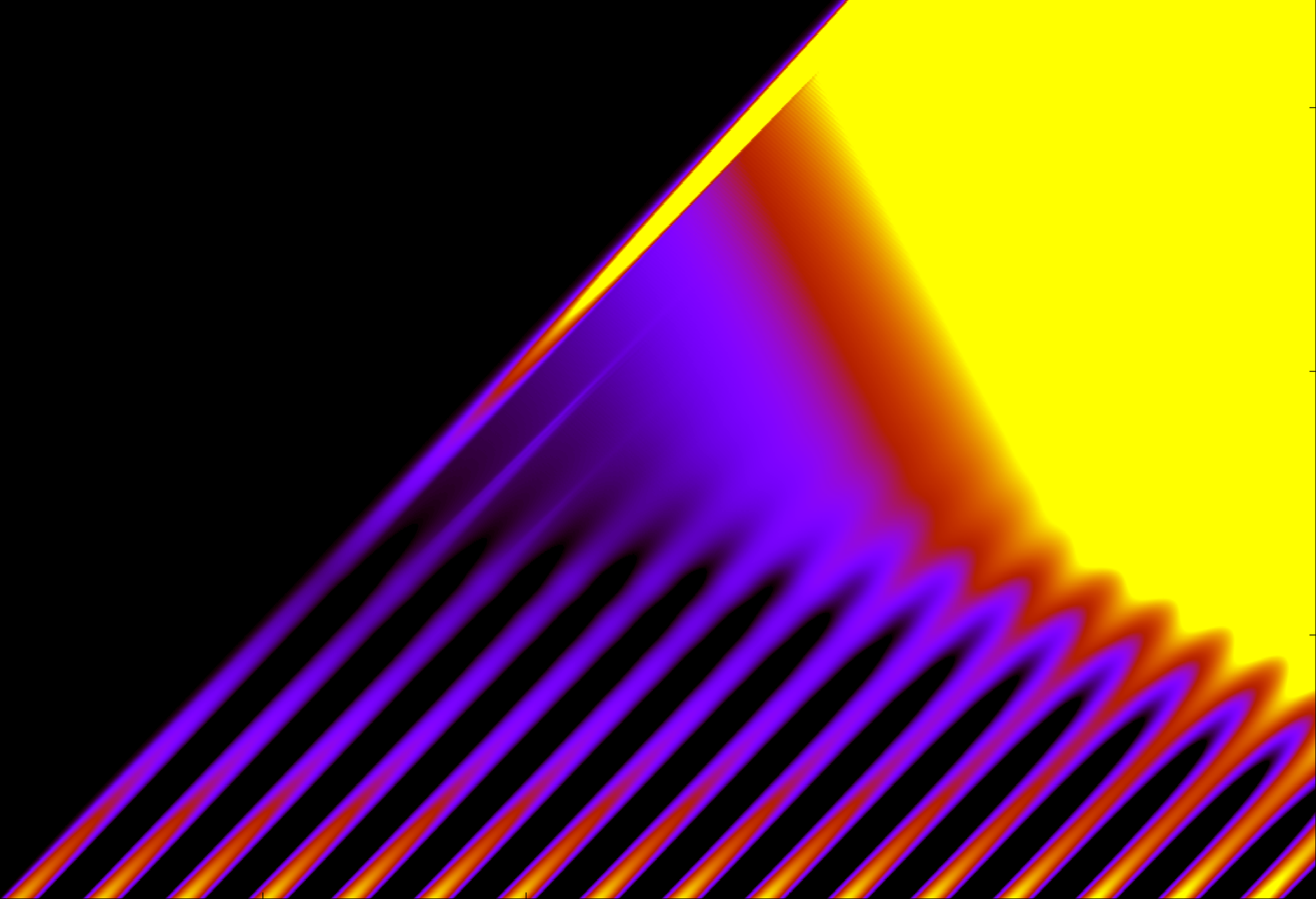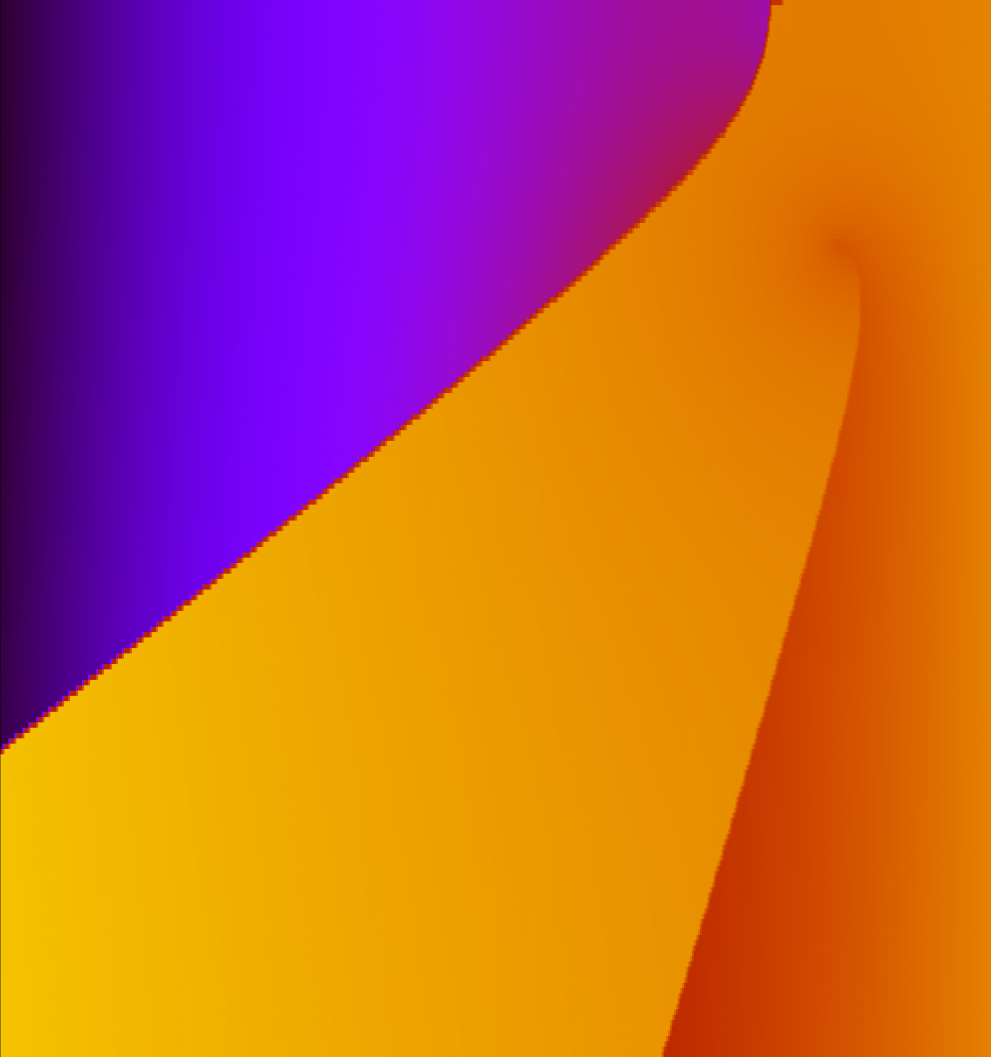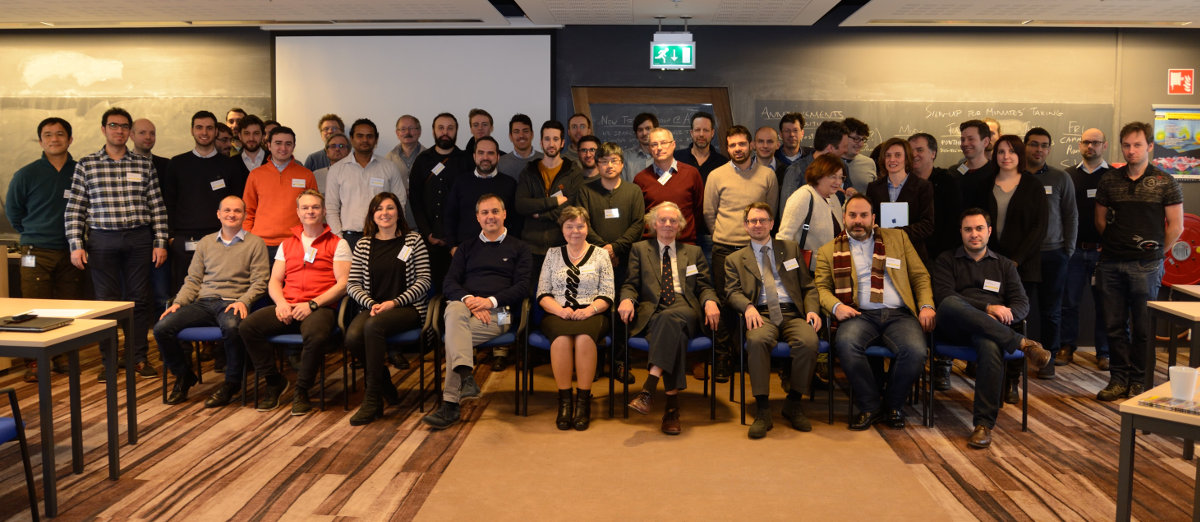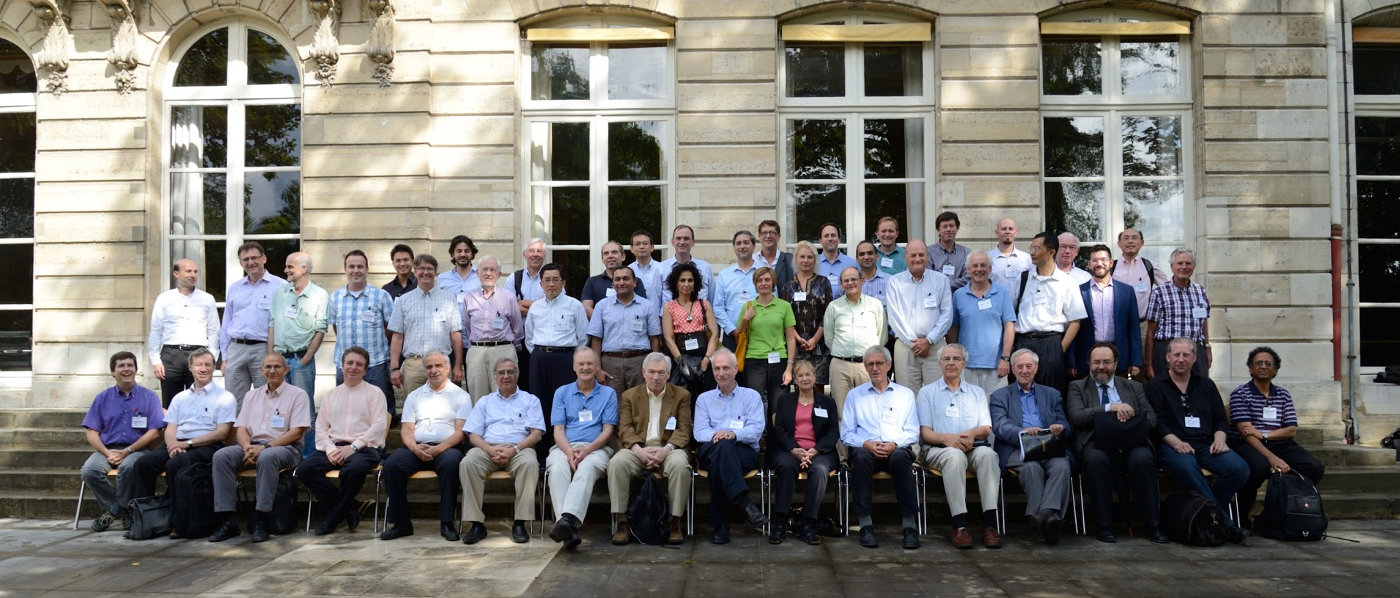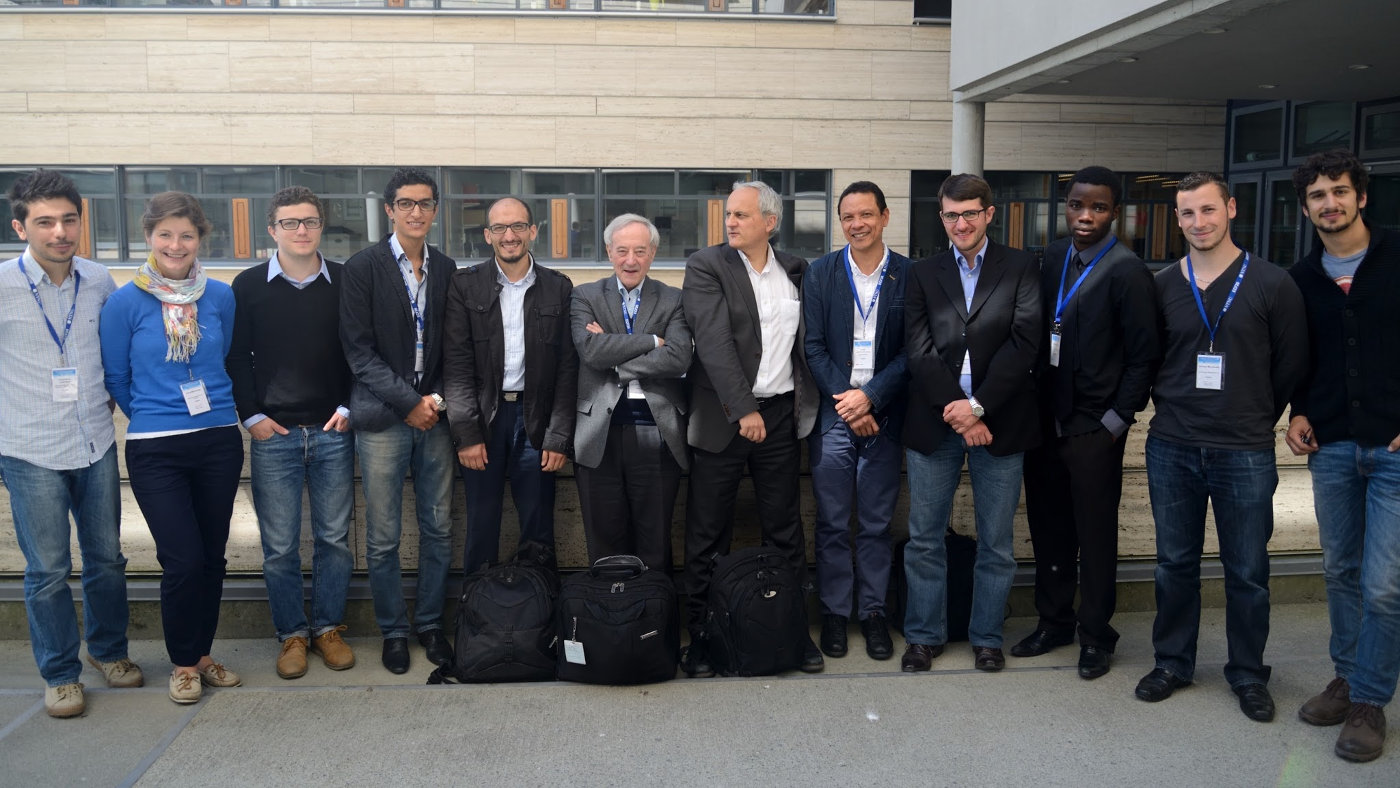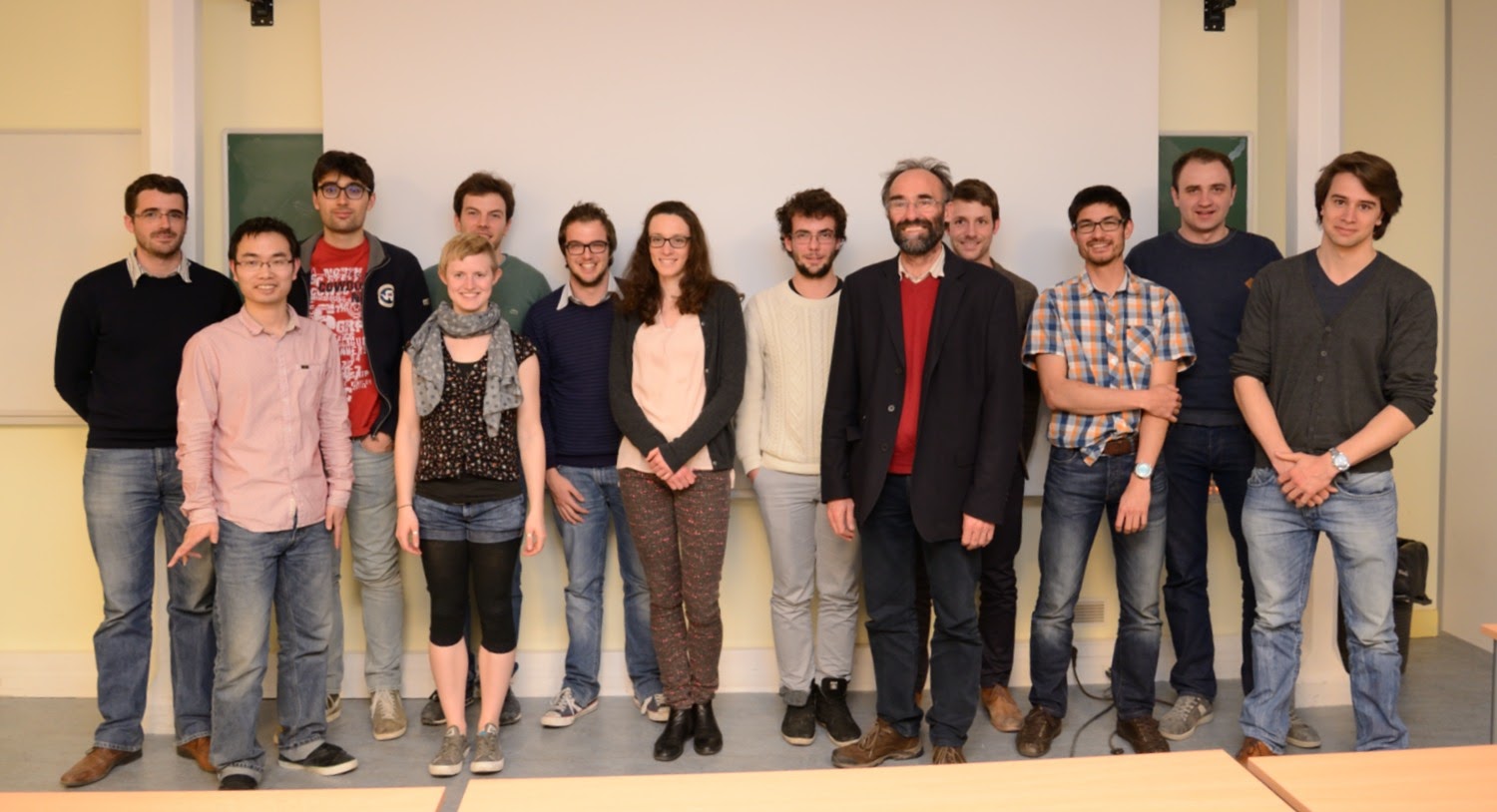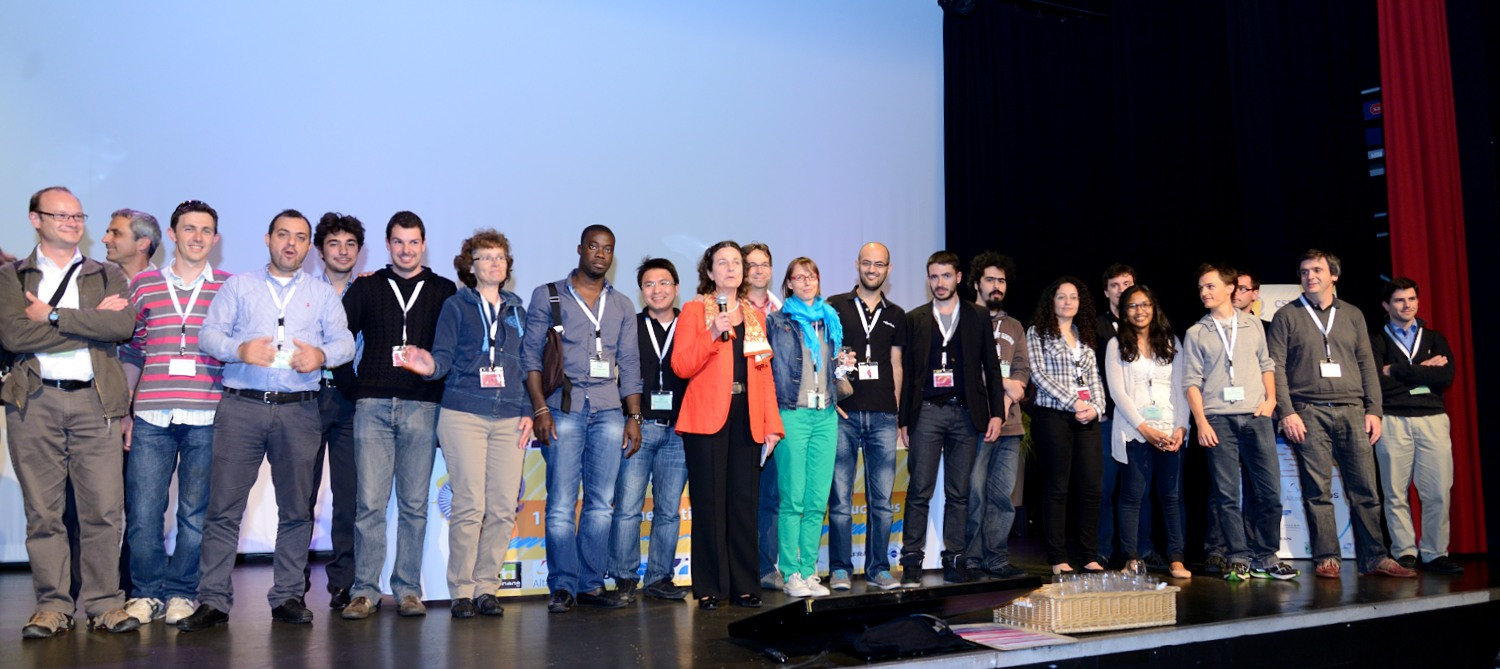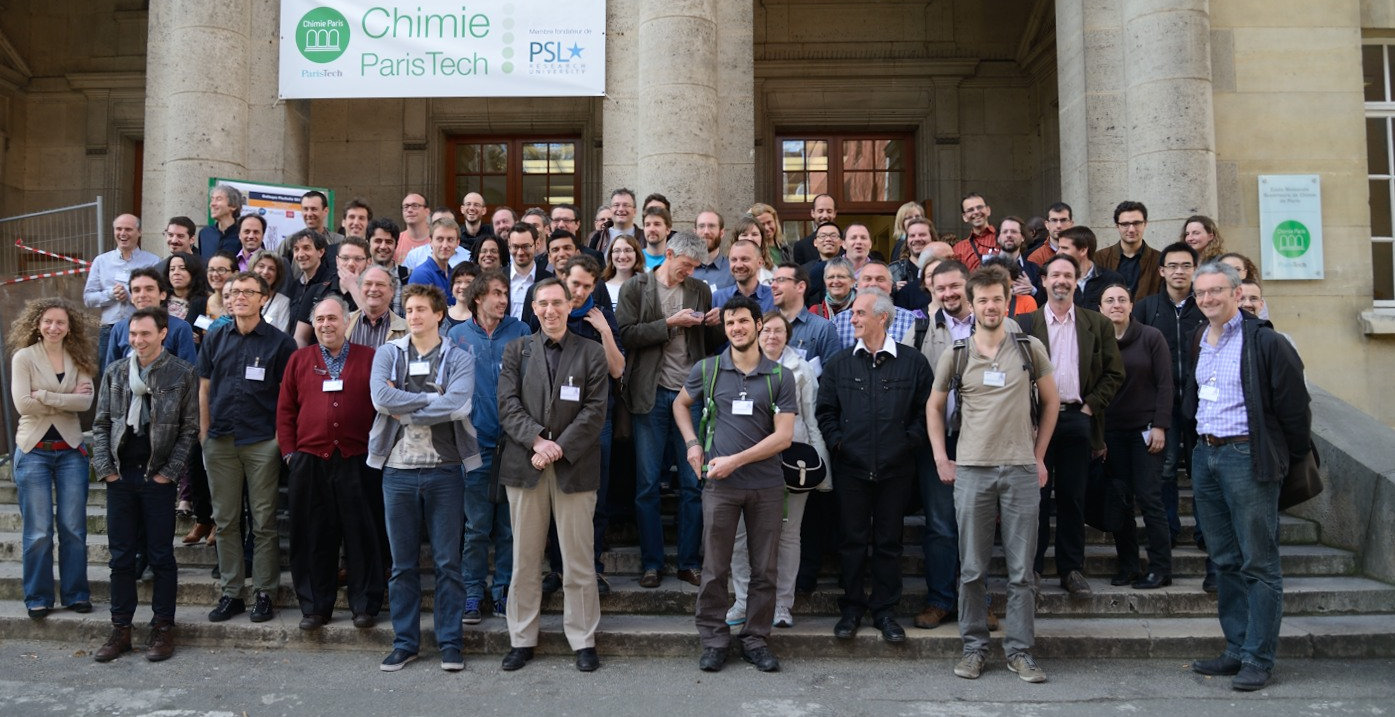🏠 Back to the Table of Contents
References
| [1] | AI Vakis, VA Yastrebov, J Scheibert, L Nicola, D Dini, C Minfray, A Almqvist, M Paggi, Seunghwan Lee, G Limbert, et al. Modeling and simulation in tribology across scales: An overview. Tribology International, 125:169-199, 2018. |
| [2] | Julian Durand. Approche multi-échelles des problèmes de contact et d'étanchéité. PhD thesis, Ecole des Mines, Paris, France, 2012. Advisers: H. Proudhon, G. Cailletaud. |
| [3] | K.L. Johnson, J.A. Greenwood, and J.G. Higginson. The contact of elastic regular wavy surfaces. Int J Mech Sci, 27(6):383-396, 1985. |
| [4] | Vladislav A. Yastrebov, Guillaume Anciaux, and Jean-François Molinari. The contact of elastic regular wavy surfaces revisited. Tribology Letters, 56:171-183, 2014. |
| [5] | Vijaykumar Krithivasan and Robert L. Jackson. An analysis of three-dimensional elasto-plastic sinusoidal contact. Tribol Lett, 27(1):31-43, 2007. [DOI] |
| [6] | V. A. Yastrebov, J. Durand, H. Proudhon, and G. Cailletaud. Rough surface contact analysis by means of the finite element method and of a new reduced model. Comptes Rendus Mécanique, 339(7–8):473-490, 2011. |
| [7] | Richard S Sayles and Tom R Thomas. Surface topography as a nonstationary random process. Nature, 271(5644):431, 1978. |
| [8] | V. A. Yastrebov, G. Anciaux, and J.-F. Molinari. Contact between representative rough surfaces. Physical Review E, 86(3):035601(R), 2012. |
| [9] | Vladislav A. Yastrebov, Guillaume Anciaux, and Jean-François Molinari. From infinitesimal to full contact between rough surfaces: evolution of the contact area. International Journal of Solids and Structures, 52:83-102, 2015. [DOI] |
| [10] | A. W. Bush, R. D. Gibson, and T. R. Thomas. The elastic contact of a rough surface. Wear, 35(1):87-111, 1975. [DOI] |
| [11] | G. Carbone and F. Bottiglione. Asperity contact theories: Do they predict linearity between contact area and load? J Mech Phys Solids, 56:2555-2572, 2008. [DOI] |
| [12] | B. N. J. Persson. Theory of rubber friction and contact mechanics. J Chem Phys, 115:3840-3861, 2001. [DOI] |
| [13] | BNJ Persson. Elastoplastic contact between randomly rough surfaces. Physical Review Letters, 87(11):116101, 2001. |
| [14] | S. Hyun, L. Pei, J. F. Molinari, and M. O. Robbins. Finite-element analysis of contact between elastic self-affine surfaces. Phys Rev E, 70(2):026117, 2004. |
| [15] | C. Campañá and M. H. Müser. Contact mechanics of real vs. randomly rough surfaces: A Green's Function Molecular Dynamics study. Europhys Lett, 77:38005, 2007. |
| [16] | C. Putignano, L. Afferrante, G. Carbone, and G. Demelio. The influence of the statistical properties of self-affine surfaces in elastic contacts: A numerical investigation. J Mech Phys Solids, 60:973-982, 2012. |
| [17] | Nikolay Prodanov, Wolf B. Dapp, and Martin H. Müser. On the contact area and mean gap of rough, elastic contacts: Dimensional analysis, numerical corrections, and reference data. Tribol Lett., 53:433-448, 2014. [DOI] |
| [18] | Vladislav A. Yastrebov, Guillaume Anciaux, and Jean-François Molinari. The role of the roughness spectral breadth in elastic contact of rough surfaces. Journal of the Mechanics and Physics of Solids, 107:469 - 493, 2017. [DOI] |
| [19] | W. Manners and J. A. Greenwood. Some observations on Persson's diffusion theory of elastic contact. Wear, 261:600-610, 2006. |
| [20] | JA Greenwood, KL Johnson, and E Matsubara. A surface roughness parameter in Hertz contact. wear, 100(1-3):47-57, 1984. |
| [21] | Jim A Greenwood and J Hl Tripp. The elastic contact of rough spheres. Journal of Applied Mechanics, 34(1):153-159, 1967. |
| [22] | Lars Pastewka and Mark O Robbins. Contact area of rough spheres: large scale simulations and simple scaling laws. Applied Physics Letters, 108(22):221601, 2016. |
| [23] | Vladislav A Yastrebov. The elastic contact of rough spheres investigated using a deterministic multi-asperity model. Journal of Multiscale Modelling, page 1841002, 2018. |
| [24] | J. A. Greenwood. A simplified elliptic model of rough surface contact. Wear, 261:191-200, 2006. [DOI] |
| [25] | V. A. Yastrebov. Numerical Methods in Contact Mechanics. ISTE/Wiley, 2013. |
| [26] | A. G. Shvarts. Coupling mechanical frictional contact with interfacial fluid flow at small and large scales. PhD thesis, PSL, MINES ParisTech, Paris, France, 2019. |
| [27] | Fredrik Sahlin, Roland Larsson, Andreas Almqvist, PM Lugt, and Pär Marklund. A mixed lubrication model incorporating measured surface topography. Part 1: theory of flow factors. Proceedings of the Institution of Mechanical Engineers, Part J: Journal of Engineering Tribology, 224(4):335-351, 2010. |
| [28] | C. Vallet. Fuite liquide au travers d'un contact rugueux: application à l'étanchéité interne d'appareils de robinetterie. PhD thesis, Arts et Métiers ParisTech, 2008. PhD advisers: J.-R. Puiggali, D. Lasseux, [HAL]. |
| [29] | Ye.A. Kuznetsov. Effect of fluid lubricant on the contact characteristics of rough elastic bodies in compression. Wear, 102(3):177-194, 1985. |
| [30] | Andrei G Shvarts and Vladislav A Yastrebov. Trapped fluid in contact interface. Journal of the Mechanics and Physics of Solids, 119:140-162, 2018. |
| [31] | JR Rice and George C Sih. Plane problems of cracks in dissimilar media. Journal of Applied Mechanics, 32(2):418-423, 1965. |
| [32] | JR Rice. Elastic fracture mechanics concepts for interfacial cracks. Journal of Applied Mechanics, 55(1):98-103, 1988. |
| [33] | David Anthony Hills. Mechanics of fretting fatigue. Wear, 175(1-2):107-113, 1994. |
| [34] | Henry Proudhon, Siegfried Fouvry, and J-Y Buffière. A fretting crack initiation prediction taking into account the surface roughness and the crack nucleation process volume. International Journal of fatigue, 27(5):569-579, 2005. |
| [35] | Vladislav A. Yastrebov, Guillaume Anciaux, and Jean-François Molinari. Permeability of the contact interface between rough surfaces. 2021. Draft version is available in appendix. |
| [36] | Andreas Almqvist, C Campana, N Prodanov, and BNJ Persson. Interfacial separation between elastic solids with randomly rough surfaces: comparison between theory and numerical techniques. Journal of the Mechanics and Physics of Solids, 59(11):2355-2369, 2011. |
| [37] | Vladislav A. Yastrebov, Guillaume Anciaux, and Jean-François Molinari. Gap distribution in contact interfaces between rough surfaces and transmissivity analysis. 2021. Draft version is available in appendix. |
| [38] | Jané Kondev and Christopher L Henley. Geometrical exponents of contour loops on random gaussian surfaces. Physical Review Letters, 74(23):4580, 1995. |
| [39] | Martin H Müser, Wolf B Dapp, Romain Bugnicourt, Philippe Sainsot, Nicolas Lesaffre, Ton A Lubrecht, Bo NJ Persson, Kathryn Harris, Alexander Bennett, Kyle Schulze, et al. Meeting the contact-mechanics challenge. Tribology Letters, 65(4):118, 2017. |
| [40] | Joseph M Monti, Antoine Sanner, and Lars Pastewka. Distribution of gaps and adhesive interaction between contacting rough surfaces. Tribology Letters, 69(3):1-8, 2021. |
| [41] | Andrei G. Shvarts and Vladislav A. Yastrebov. Fluid flow across a wavy channel brought in contact. Tribology International, 126:116 - 126, 2018. |
| [42] | Vladislav A Yastrebov, Georges Cailletaud, Henry Proudhon, Frederick S Mballa Mballa, Sophie Noël, Philippe Testé, and Frédéric Houzé. Three-level multi-scale modeling of electrical contacts sensitivity study and experimental validation. In Electrical Contacts (Holm), 2015 IEEE 61st Holm Conference on, pages 414-422. IEEE, 2015. |
| [43] | James A Greenwood. Constriction resistance and the real area of contact. British Journal of Applied Physics, 17(12):1621, 1966. |
| [44] | J. Krim and G. Palasantzas. Experimental observations of self-affine scaling and kinetic roughening at sub-micron lengthscales. Int J Mod Phys B, 9:599-632, 1995. |
| [45] | William D Nix and Huajian Gao. Indentation size effects in crystalline materials: a law for strain gradient plasticity. Journal of the Mechanics and Physics of Solids, 46(3):411-425, 1998. |
| [46] | Gang Feng and William D Nix. Indentation size effect in MgO. Scripta materialia, 51(6):599-603, 2004. |
| [47] | JG Swadener, EP George, and GM Pharr. The correlation of the indentation size effect measured with indenters of various shapes. Journal of the Mechanics and Physics of Solids, 50(4):681-694, 2002. |
| [48] | R De Borst and LJ Sluys. Localisation in a cosserat continuum under static and dynamic loading conditions. Computer Methods in Applied Mechanics and Engineering, 90(1-3):805-827, 1991. |
| [49] | Prajwal A. Sabnis, Samuel Forest, Nagaraj K. Arakere, and Vladislav A. Yastrebov. Crystal plasticity analysis of cylindrical indentation on a Ni-base single crystal superalloy. International Journal of Plasticity, 51:200 - 217, 2013. [DOI] |
| [50] | Aurélien Fouque, Georges Cailletaud, Vladimir Esin, Romaric Landfried, Philippe Testé, Frédéric Houzé, Alexandre Bonhomme, Jean-Luc Ponthenier, François Chaudot, and Marina Lisnyak. Observation of metallurgical changes induced by an electric arc on Ag-SnO2-CuO electrodes. In 2019 IEEE Holm Conference on Electrical Contacts, pages 239-244. IEEE, 2019. |
| [51] | O. Ben-David, G. Cohen, and J. Fineberg. The dynamics of the onset of frictional slip. Science, 330(6001):211, 2010. [DOI] |
| [52] | D. S. Kammer, V. A. Yastrebov, P. Spijker, and J.-F. Molinari. On the propagation of slip fronts at frictional interfaces. Tribology Letters, 48(1), 2012. |
| [53] | Yehuda Ben-Zion and Yueqiang Huang. Dynamic rupture on an interface between a compliant fault zone layer and a stiffer surrounding solid. Journal of Geophysical Research: Solid Earth, 107(B2):ESE 6-1-ESE 6-13, 2002. [DOI] |
| [54] | K. Ranjith and J. R. Rice. Slip dynamics at an interface between dissimilar materials. J. Mech. Phys. Solids, 49(2):341-361, 2001. [DOI] |
| [55] | A. Cochard and J. R. Rice. Fault rupture between dissimilar materials: Ill-posedness, regularization, and slip-pulse response. J. Geophys. Res., 105(B11):25891, 2000. [DOI] |
| [56] | D. S. Kammer, V. A. Yastrebov, G. Anciaux, and J. F. Molinari. The existence of a critical length scale in regularised friction. Journal of the Mechanics and Physics of Solids, 63(0):40-50, 2014. [DOI] |
| [57] | V. Prakash and R. J. Clifton. Time resolved dynamic friction measurements in pressure-shear. In K.T. Ramesh, editor, Experimental Techniques in the Dynamics of Deformable Solids, AMD-vol. 165:33-48, New York, 1993. ASME. |
| [58] | JAC Martins, J Guimaraes, and LO Faria. Dynamic surface solutions in linear elasticity and viscoelasticity with frictional boundary conditions. Journal of Vibration and Acoustics, 117(4):445-451, 1995. |
| [59] | DJ Andrews. Rupture propagation with finite stress in antiplane strain. Journal of Geophysical Research, 81(20):3575-3582, 1976. |
| [60] | Robert C Viesca and James R Rice. Nucleation of slip-weakening rupture instability in landslides by localized increase of pore pressure. Journal of Geophysical Research: Solid Earth, 117(B3), 2012. |
| [61] | Dmitry I Garagash and Leonid N Germanovich. Nucleation and arrest of dynamic slip on a pressurized fault. Journal of Geophysical Research: Solid Earth, 117(B10), 2012. |
| [62] | Andrew Clennel Palmer and JR Rice. The growth of slip surfaces in the progressive failure of over-consolidated clay. In Proceedings of the Royal Society of London A: Mathematical, Physical and Engineering Sciences, 332:527-548. The Royal Society, 1973. |
| [63] | V. A. Yastrebov. Slip propagation along slip-weakening interfaces with a non-uniform contact pressure distribution. 2021. Draft version is available in appendix. |
| [64] | Paul A Selvadurai, Steven D Glaser, and Jessica M Parker. On factors controlling precursor slip fronts in the laboratory and their relation to slow slip events in nature. Geophysical Research Letters, 44(6):2743-2754, 2017. |
| [65] | Shmuel M Rubinstein, Gil Cohen, and Jay Fineberg. Detachment fronts and the onset of dynamic friction. Nature, 430(7003):1005-9, 2004. [DOI] |
| [66] | R. D. Mindlin. An introduction to the mathematical theory of vibrations of elastic plates, 1955. A monograph prepared for U. S. Army Signal Corps Engineering Laboratories, Fort Monmouth, N. J., Department of the Army Project 3-99-11-022, Signal Corps Project 142B, Signal Corps Contract DA-36-039 SC-56772. |
| [67] | GG Adams. Radiation of body waves induced by the sliding of an elastic half-space against a rigid surface. Journal of applied mechanics, 67(1):1-5, 2000. |
| [68] | Vladislav A. Yastrebov. Sliding without slipping under coulomb friction: Opening waves and inversion of frictional force. Tribology Letters, 62(1):1-8, 2016. [DOI] |
| [69] | Maria Comninou and J Dundurs. Elastic interface waves involving separation. J. Appl. Mech., 44(2):222-226, 1977. |
| [70] | LB Freund. Discussion: ”Elastic interface waves involving separation“ (Comninou, M., and Dundurs, J., 1977, ASME J. Appl. Mech., 44:222-226). J. Appl. Mech., 45(1):226-227, 1978. |
| [71] | Maria Comninou and J. Dundurs. Can two solids slide without slipping? Int. J. Solids. Struct., 14(4):251 - 260, 1978. [DOI] |
| [72] | Eric Gerde and M Marder. Friction and fracture. Nature, 413(6853):285-288, 2001. |
| [73] | Franck Moirot, Quoc-Son Nguyen, and Abdelbacet Oueslati. An example of stick-slip and stick-slip-separation waves. European Journal of Mechanics - A/Solids, 22(1):107-118, 2003. |
| [74] | Dmitry Tkalich, Vladislav A Yastrebov, Georges Cailletaud, and Alexandre Kane. Multiscale modeling of cemented tungsten carbide in hard rock drilling. International Journal of Solids and Structures, 128:282-295, 2017. |
| [75] | Georges Cailletaud and Philippe Pilvin. Utilisation de modèles polycristallins pour le calcul par éléments finis. Revue européenne des éléments finis, 3(4):515-541, 1994. |
| [76] | Dmitry Tkalich, Alexandre Kane, Afaf Saai, Vladislav A. Yastrebov, Mikko Hokka, Veli-Tapani Kuokkala, Maria Bengtsson, Anna From, Carina Oelgardt, and Charlie C. Li. Wear of cemented tungsten carbide percussive drill-bit inserts: Laboratory and field study. Wear, 386:106-117, 2017. |
| [77] | Dmitry Tkalich, Georges Cailletaud, Vladislav A. Yastrebov, and Alexandre Kane. A micromechanical constitutive modeling of WC hardmetals using finite-element and uniform field models. Mechanics of Materials, 105:166 - 187, 2017. [DOI] |
| [78] | V. A. Yastrebov. Wave propagation through an elastically-asymmetric architected material. 2021. arxiv.org/abs/1712.06294. |
| [79] | Amandine Sergeant, Vladislav A Yastrebov, Anne Mangeney, Olivier Castelnau, Jean-Paul Montagner, and Eléonore Stutzmann. Numerical modeling of iceberg capsizing responsible for glacial earthquakes. Journal of Geophysical Research: Earth Surface, 123(11):3013-3033, 2018. |
| [80] | Amandine Sergeant, Anne Mangeney, Vladislav A Yastrebov, Fabian Walter, Jean-Paul Montagner, Olivier Castelnau, Eléonore Stutzmann, Pauline Bonnet, Velotioana Jean-Luc Ralaiarisoa, Suzanne Bevan, et al. Monitoring greenland ice sheet buoyancy-driven calving discharge using glacial earthquakes. Annals of Glaciology, 60(79):75-95, 2019. |
| [81] | Kurt Wendel. Hydrodynamische Massen und hydrodynamische Massenträgheitsmomente. PhD thesis, Hamburg, 1950. Translated in English by E.N. Labouvie and Avis Borden in 1956 "Hydrodynamic masses and hydrodynamic moments of inertia". |
| [82] | Pauline Bonnet, Vladislav A Yastrebov, Patrick Queutey, Alban Leroyer, Anne Mangeney, Olivier Castelnau, Amandine Sergeant, Eléonore Stutzmann, and Jean-Paul Montagner. Modelling capsizing icebergs in the open ocean. Geophysical Journal International, 223(2):1265-1287, 2020. |
| [83] | JC Burton, Jason M Amundson, DS Abbot, A Boghosian, L Mac Cathles, S Correa-Legisos, KN Darnell, N Guttenberg, DM Holland, and DR MacAyeal. Laboratory investigations of iceberg capsize dynamics, energy dissipation and tsunamigenesis. Journal of Geophysical Research: Earth Surface, 117(F1), 2012. |
| [84] | Johannes Weertman. On the sliding of glaciers. Journal of glaciology, 3(21):33-38, 1957. |
| [85] | V. A. Yastrebov, P. Bonnet, A. Mangeney, and O. Castelnau. Effect of iceberg's capsize on the deformation of marine-terminating glaciers. 2021. |
| [86] | Vladislav A Yastrebov, Guillaume Anciaux, and Jean-François Molinari. On the accurate computation of the true contact-area in mechanical contact of random rough surfaces. Tribology International, 114:161-171, 2017. |
| [87] | Natarajan Sukumar, David L Chopp, Nicolas Moës, and Ted Belytschko. Modeling holes and inclusions by level sets in the extended finite-element method. Computer methods in applied mechanics and engineering, 190(46-47):6183-6200, 2001. |
| [88] | B.R. Akula, J. Vignollet, and V.A. Yastrebov. Stabilized MorteX method for mesh tying along embedded interfaces. 2020. arxiv.org/abs/1902.04003. |
| [89] | B.R. Akula, J. Vignollet, and V.A. Yastrebov. MorteX method for contact along real and embedded surfaces: coupling X-FEM with the mortar method. 2020. arxiv.org/abs/1902.04000. |
| [90] | B.R. Akula, J. Vignollet, and V.A. Yastrebov. MorteX method for the simulation of wear. 2020. |
| [91] | B. R. Akula. Extended mortar method for contact and mesh-tying applications. PhD thesis, PSL, MINES ParisTech, Paris, France, 2019. |
| [92] | Andrei G Shvarts, Julien Vignollet, and Vladislav A Yastrebov. Computational framework for monolithic coupling for thin fluid flow in contact interfaces. Computer Methods in Applied Mechanics and Engineering, 379:113738, 2021. Preprint is available arxiv.org/abs/1912.11292. |
| [93] | Oliver Kastner. Molecular-dynamics of a 2D model of the shape memory effect. Continuum Mechanics and Thermodynamics, 15(5):487-502, 2003. |
| [94] | V.A. Yastrebov, M. Fischlschweiger, G. Cailletaud, and T. Antretter. The role of phase interface energy in martensitic transformations: A lattice Monte-Carlo simulation. Mechanics Research Communications, 56:37 - 41, 2014. [DOI] |
| [95] | Alejandro M. Aragón, Vladislav A. Yastrebov, and Jean-François Molinari. A constrained-optimization methodology for the detection phase in contact mechanics simulations. International Journal for Numerical Methods in Engineering, 96(5):323-338, 2013. [DOI] |
Curriculum Vitae
Teaching
1. Contact Mechanics and Elements of Tribology (CMET)
This is a week-long master level course that I created from scratch has an ambition to cover main aspects of the contact mechanics and also introduce students to notions of tribology (lubrication, wear and fretting). Micromechanical contact, roughness, continuum mechanics of contact and friction, Reynolds equation for lubrication, computational contact mechanics, friction laws and also a link between contact, friction and material behavior are all covered. In addition, a large panorama of applications is provided. The course contains also some practical work dealing with integration of Flamant’s solution for specific distributed loads to obtain stress state in the bulk, coding a simple penalty algorithm (residual vector and tangent matrix) in a basic finite element code and solving simple contact problems with Z-set software. The final day of the course is dedicated to seminars (cutting-edge research in tribology and contact mechanics) and to the 2h written exam. Within this course Henry Proudhon gives lectures on Wear and Fretting. All lectures, scripts for practical work and notes, are shared under CC BY 4.0 license on my web-page.
2. Multi-scale and multi-physics of materials and structures
In this collaborative course of Samuel Forest, Benoit Appolaire, Vladimir Esin, Kais Ammar and Victor de Rancourt, I give lectures on Molecular Dynamics (MD) and Dynamics of Dislocations and I also organize a 3h practical session on MD using LAMMPS, last years we study toughness of “porous crystal” playing with parameters of Lennard-Jones potential. All lectures, scripts for practical work and notes, are shared under CC BY 4.0 license on my web-page.
3. Non-Linear Computational Mechanics (NLCM)
This course initially created by Georges Cailletaud and Jean-Louis Chaboche for ATHENS (European students exchange week) introduces different aspects of nonlinear computational mechanics: from basics of nonlinear finite element method and material integrations up to large deformations, remeshing, localization and regularization. I give lectures on computational contact mechanics.
4. Continuum Mechanics (Mécanique des Milieux Continus)
This is a fundamental course on continuum mechanics of solids and fluids in which under the supervision of Samuel Forest, the lecturer of the course, a team of tutors ensures the link between the theory and practice solving with students a selection of problems from simple pressurized tank and tension/bending up to torsion, theorem of strain compatibility, stress concentrators, etc.
Supervision
Internship students
- Olga Trubienko (MINES, 2008), Computational Contact Mechanics (master), with G. Cailletaud. Now, engineer in Total, France.
- Olga Zinovieva (MINES, 2012), Plasticity induced Roughness (master), with G. Cailletaud. Now, Assistant Professor in UNSW Canberra, Australia.
- Fadoua Majid (MINES & Schneider, 2015-2016), Electric contactors (master), with G. Cailletaud & V. Esin. Now, Engenineer in Akka Technologies.
- Amine Saidi (MINES & Safran Tech, 2018-2019), Simulation of fretting wear (master), with S. Basseville & J. Vignollet. Now, PhD student in LaMCoS, Lyon, France.
- Yirun Zou (MINES, 2019), Machine learning for non-linear dynamics (undegraduate).
- Paul Beguin (MINES, 2020), Iceberg-glacier dynamics (master). Now, PhD student in MINES ParisTech, France.
Co-supervision of graduate students
- Julian Durand (MINES, 2009-2010), Elasto-plastic rough contact, with G. Cailletaud & H. Proudhon. Now, engineer in Areva.
- David S. Kammer (EPFL, 2011-2012), Dynamic sliding, with J.F. Molinari & P. Spijker. Now, Assistant Professor in ETHZ, Switzerland.
- Dmitry Tkalich (MINES & NTNU, Norway, 2012-2016), Wear of drilling tools, with G. Cailletaud, Ch. C. Li, A. Kane.
- Amandine Sergeant-Boy (IPGP, Paris, 2013-2016), Glacial earthquakes, with A. Mangeney, O. Castelnau, J.P. Montagner, E. Stutzmann. Now, postdoc at LMA, Marseille, France
- Matti Lindroos (TUT & TWC, Finland, 2014), Thermo-mechano-metallurgical wear model, with G. Cailletaud. Now, research engineer at VTT, Finland.
- Basava R. Akula (MINES & Safran, 2015-2018), Parallel mortar-based contact algorithms, with J. Vignollet. Now, engineer at Transvalor.
- Robin Lethiecq (MINES & CEA-Leti, 2015-2018), Textile embedded chip on wire, with H. Proudhon & V. Mandrillon.
- Takahiro Sakimoto (MINES, 2015-2017), Modeling DWTT for high-strength steels, with J. Besson & Y. Madi. Now, senior researcher in JFE Steel corporation, Japan.
- Andrei Shvarts (MINES, 2015-2018), Fully coupled FE framework for fluid/contact interface, with J. Vignollet. Now, lecturer at Univesity of Glasgow, UK.
- Paolo Cinat (IMT Lucca, Italy, 3 months stay, 2016), Sealing problems. Now, engineer in Leonardo, Italy.
- Aurélien Fouque (MINES & SUPELEC & Schneider Electric, 2016-2020), Electric arc, with G. Cailletaud, V. Esin, F. Houzé, Ph. Testé. Now, engineer at Siemens, Berlin, Germany.
- Pauline Bonnet (IPGP & ENSAM & MINES, 2017-2021), Glacial earthquakes, with A. Mangeney, O. Castelnau, A. Leroyer, P. Queutey.
- Vikram Phalke (MINES, 2018-2021), Size effect in single crystal indentation, with S. Forest.
- Paul Beguin (MINES, 2020-2023), Thermomechanical contact, with S. Forest, C. Ovalle-Rodas, J. Vignollet.
Co-supervision of postdoctoral fellows
- Ming Liu (MINES, 2012-2013), Indentation analysis, with H. Proudhon. Now, Professor, Fuzhou University, China.
- Ayaovi Dzifa Kudawoo (MINES, 2012-2013), Computational contact, with G. Cailletaud. Now, engineer at EDF, Manchester, UK.
- Frederick S. Mballa Mballa (LaSIPS: MINES & SUPELEC, 2013-2015), Electric contact, with G. Cailletaud, H. Proudhon, F. Houzé, S. Noël. Now, engineer at Vitrociset, Italy.
- Dmitry Tkalich (MINES, 2016-2017), Microstructural mechancis of cemented tungsten carbides, with G. Cailletaud.
Software/code development
Z-set
With students and collaborators we implemented some new features in our in-house finite element software Z-set:
- Simple Fluid-Solid Interaction algorithm
- Mortar contact and tying algorithms
- Viscous friction law
- WC/binder -model
- Strongly coupled Reynolds equation for interfacial viscous flow in contact interfaces
- Penalty and Augmented Lagrangian algorithms
- Surface tension
- Bezier smoothing for meshed surfaces
- Fast contact detection
Roughness generator + spectral BEM
In collaboration with Guillaume Anciaux we created simultaneously two codes for roughness generation and spectral BEM, which enabled us to fix bugs in both and have a converged results. Both codes for roughness generation and the spectral BEM are C++ ensuring the best performance.
MD code
During my PhD thesis I created a simple Molecular Dynamics C++ code, which I further improved by adding different potentials. This code I successfully used for teaching Molecular Dynamics, the students were invited (1) to code some simple algorithms for gas atom placing to avoid too high forces which would require excessively small time steps and (2) to study solidification of argon under soft temperature control. Tracing internal energy as a function of temperature allowed to determine heat capacity and its change under phase transition. Difference between ideal gas model (non-interacting particles) and interacting gas were highlighted.
DDD code
Over few years of teaching DDD I crafted a simple explicit 2D Python code for simulation of interacting dislocations in a finite size box, mainly used to demonstrate dipole interactions and work-hardening of dislocation pile-ups.
WC/binder microstructure and CAD generator
This is an add-on written as a separate C++ class for voro++ which allows (1) to generate gmsh CAD model for further meshing in gmsh, with some extra possibilities to simply embed the CAD in a host structure, (2) generate realistic WC/binder microstructures. Regardless the seeming simplicity of the algorithm its implementation took me really a lot of time.
Wave dynamics in asymmetric Materials
C++ code for simulation of wave propagation in one-dimensional bars of asymmetric materials which uses absorbing boundary conditions and smart measurement of input and output energies. The code is clean and made publicly available under BSD-3-Clause at Zenodo DOI.
Semi-Analytical Floating Iceberg Models (SAFIM)
Python script for 2D simulation of capsizing/floating rectangular objects (for example, icebergs) which takes into account hydrostatic and hydrodynamic pressures as well as added mass matrix. The code is made publicly available under CC BY 4.0 license at Zenodo DOI
The First Overlay Journal in Mechanics
Started with Vincent Acary, Mathias Legrand and later with Maurine Montagnat & François Gibier we created the very first overlay journal in Mechanics Journal of Theoretical, Computational and Applied Mechanics (JTCAM). Now, all of us serve Technical Editors at JTCAM and we deal with all organizational and technical questions, we also ensure copy-editing work. For today (July 2, 2021) the journal published 4 articles, and has 12 more in review process.
Description
The Journal of Theoretical, Computational and Applied Mechanics (JTCAM) is a scholarly overlay journal covering all main branches of the solid mechanics, mechanical engineering and numerical methods in mechanics.
Papers can be submitted either via arXiv or HAL (open archive). The review process is managed by the board of at least eight Associate Editors. The journal promotes the Diamond Open Access (free for authors and readers) and Open science principles: sharing of data, code source and open peer review. The articles are published under Creative Commons BY licence. In journal’s open peer review model: the reviewers are invited to reveal their identity and their reports as well as the authors’ rebuttal letter are made publicly accessible as a separate document. The journal operates without Editor in chief, and is governed by the Board of the Journal composed of the Editorial Board (Associate Editors), the Scientific Advisory Board, and the Technical Board (Technical Editors).[1]. The copy-editing is ensured internally by the Technical Board in a close collaboration with the authors.
History
- JTCAM was launched in August 2020 on the dedicated platform for overlay journals Episciences.org.
- The first paper of JTCAM was published on March 16, 2021.
- In April 2020 JTCAM signed San Francisco Declaration on Research Assessment.
- The first open peer review was published on April 16, 2021.
Scientific production
Book & book chapter
- V.A. Yastrebov. “Numerical Methods in Contact Mechanics”, WILEY-ISTE (2013). [url]
- V.A. Yastrebov. “Méthodes numériques en contact micromécanique”. in book “Mécanique Numérique du Contact”, ISTE, in press (2020) [HAL]
Publications in peer-reviewed journals
2011
- V.A. Yastrebov, G. Cailletaud, F. Feyel.
“A local contact detection technique for very large contact and self-contact problems: sequential and parallel implementations”. in G. Zavarise and P.Wriggers, ed., Trends in Computational Contact Mechanics ser. Lecture Notes in Applied and Computational Mechanics, 58:227-251 (2011). - V.A. Yastrebov, J. Durand, H. Proudhon, G. Cailletaud.
“Rough surface contact analysis by means of the Finite Element Method and of a new reduced model”. Comptes Rendus Mecanique, 339:473-490 (2011).
2012
- D.S. Kammer, V.A. Yastrebov, P. Spijker, J.F. Molinari.
“On the propagation of slip fronts at frictional interfaces”. Tribology Letters, 48(1):27-32 (2012). - V.A. Yastrebov, G. Anciaux, J.F. Molinari.
“Contact between representative rough surfaces”. Physical Review E, 86(3):035601 (2012). [pdf]
2013
- P. A. Sabnis, S. Forest, N. K. Arakere, V.A. Yastrebov.
“Crystal plasticity analysis of cylindrical indentation on a Ni-base single crystal superalloy”. International Journal of Plasticity, 51:200-217 (2013). - A.M. Aragon, V.A. Yastrebov, J.F. Molinari.
“A constrained-optimization methodology for the detection phase in contact mechanics simulations”. International Journal for Numerical Methods in Engineering, 96(5):323-338 (2013).
2014
- D.S. Kammer, V.A. Yastrebov, G. Anciaux, J.F. Molinari.
“The existence of a critical length scale in regularised friction”. Journal of the Mechanics and Physics of Solids, 63:40-50 (2014). - V.A. Yastrebov, M. Fischlschweiger, G. Cailletaud, T. Antretter.
“The role of phase interface energy in martensitic transformations: a lattice Monte-Carlo simulation”. Mechanics Research Communications, 56:37-41 (2014). - V.A. Yastrebov, G. Anciaux, J.F. Molinari.
“The contact of elastic regular wavy surfaces revisited”. Tribology Letters, 56:171-183 (2014).
2015
- V.A. Yastrebov, G. Anciaux, J.F. Molinari.
“From infinitesimal to full contact between rough surfaces: evolution of the contact area”. International Journal of Solids and Structures, 52:83-102 (2015). - V.A. Yastrebov, G. Cailletaud, H. Proudhon, F.S. Mballa Mballa, S. Noël, Ph. Testé, F. Houzé.
“Three-level multi-scale modeling of electrical contacts: sensitivity study and experimental validation”. In Proceedings of the Holm 2015 61st IEEE Holm Conference on Electrical Contacts, 414-422 (2015).
2016
- V.A. Yastrebov.
“Sliding without slipping under Coulomb friction: opening waves and inversion of frictional force”. Tribology Letters, 62(1):1-8 (2016) - B.L. Boyce, S.L.B. Kramer, T.R. Bosiljevac, E. Corona, …, V. Chiaruttini, M. Mazière, S. Feld-Payet, V.A. Yastrebov, J. Besson, J.L. Chaboche, …
“The Second Sandia Fracture Challenge: Predictions of Ductile Failure under Quasi-Static and Moderate-Rate Dynamic Loading”. International Journal of Fracture, 198(1):5-100 (2016).
2017
- D. Tkalich, G. Cailletaud, V.A. Yastrebov, A. Kane.
“A micromechanical constitutive modeling of WC hardmetals using finite-element and uniform field models”. Mechanics of Materials, 105:166-187 (2017). - V.A. Yastrebov, G. Anciaux, J.F. Molinari.
“On the accurate computation of the true contact area in mechanical contact of random rough surfaces”. Tribology International, 114:161-171 (2017). - D. Tkalich, A. Kane, A. Saai, V.A. Yastrebov, M. Hokka, V.T. Kuokkala, M. Bengtsson, A. From, C. Oelgardt, Ch. C. Li.
“Wear of cemented tungsten carbide percussive drill-bit inserts: laboratory and field study”. Wear, 386:106-117 (2017). - V.A. Yastrebov, G. Anciaux, J.F. Molinari.
“The role of the roughness spectral breadth in elastic contact of rough surfaces”. Journal of the Mechanics and Physics of Solids, 107:469-493 (2017). - D. Tkalich, V.A. Yastrebov, G. Cailletaud, A. Kane.
“Multiscale Modeling of Cemented Tungsten Carbide in Hard Rock Drilling”. International Journal of Solids and Structures, 128:282-295 (2017).
2018
- A.I. Vakis, V.A. Yastrebov, J. Scheibert, L. Nicola, D. Dini, C. Minfray, A. Almqvist, M. Paggi, S. Lee, G. Limbert … M. Mueser, M. Ciavarella.
“Modeling and simulation in tribology across scales: An overview”. Tribology International, 125:169-199 (2018). - A.G. Shvarts, V.A. Yastrebov.
“Fluid flow across a wavy channel brought in contact”. Tribology International, 126:116-126 (2018). - A.G. Shvarts, V.A. Yastrebov.
“Trapped fluid in contact interface”. Journal of the Mechanics and Physics of Solids, 119:140-162 (2018). - A. Sergeant, V.A. Yastrebov, A. Mangeney, O. Castelnau, J.P. Montagner, E. Stutzmann.
“Numerical modeling of iceberg capsize responsible for glacial earthquakes”. Journal of Geophysical Research: Earth Surface, 123:3013-3033 (2018).
2019
- V.A. Yastrebov.
“The Elastic Contact of Rough Spheres Investigated Using a Deterministic Multi-Asperity Model”. Journal of Multiscale Modelling (2019), 10(1):1841002. - A. Sergeant, A. Mangeney, V.A. Yastrebov, F. Walter, J.-P. Montagner, O. Castelnau, E. Stutzmann, P. Bonnet, V.J.L. Ralaiarisoa, S. Bevan, A. Luckman.
“Monitoring Greenland ice-sheet buoyancy-driven calving discharge using glacial earthquakes”. Annals of Glaciology, 60(79):75-95 (2019). Open access.
2020
- P. Bonnet, V.A. Yastrebov, P. Queutey, A. Leroyer, A. Mangeney, O. Castelnau, A. Sergeant, E. Stutzmann, J.-P. Montagner.
“Modeling iceberg capsize in open ocean”. Geophysical Journal International, 223(2):1265-1287 (2020).
2021
- A.G. Shvarts, J. Vignollet, V.A. Yastrebov.
“Computational framework for monolithic coupling for thin fluid flow in contact interfaces”. Computer Methods in Applied Mechanics and Engineering, 379:113738 (2021), supplementary videos DOI
Preprints
- V.A. Yastrebov.
“Wave propagation through an elastically-asymmetric architected material”. submitted (2021) [arXiv], supplementary data, scripts and figures DOI - B.R. Akula, J. Vignollet, V.A. Yastrebov.
“Stabilized MorteX method for mesh tying along embedded interfaces”. in submission process (2019) [arXiv] [pdf]. - B.R. Akula, J. Vignollet, V.A. Yastrebov.
“MorteX method for contact along real and embedded surfaces: coupling X-FEM with the Mortar method”. in submission process (2019) [arXiv] [pdf].
Presentations at conferences/workshops
2007
- 38th Conference Control Processes and Stability 2007, Saint-Petersburg, Russia, 9-12 April (2007), oral presentation
2009
- 9e Colloque National en Calcul des Structures, Giens, France, 25-29 May (2009), poster presentation
- 1st International Conference on Computational Contact Mechanics, Lecce, Italy, 16-18 September (2009), oral presentation
2010
- IV European Conference on Computational Mechanics, Paris, France, 16-21 May (2010), oral presentation
2011
- 10eme Colloque National en Calcul des Structures, Giens, France, 9-13 May (2011), oral presentation
- CECAM: Brittle Fracture at the Atomic Scale, EPFL Lausanne, Switzerland, 16-19 May (2011)
2012
- Materials Deformation: Fluctuations, Scaling, Predictability, Les Houches, France, 22-27 January (2012), poster presentation
- EuroMech: New trends in Contact Mechanics, Cargèse, France, 26-31 March (2012), oral presentation
- ECCOMAS Young Investigators Conference, Aveiro, Portugal, 24-27 April (2012), invited talk
- 24 Journées Internationales Francophones de Tribologie, Aix-en-Provence, France, 9-11 May (2012), oral presentation
2013
- Colloque Plasticité, Paris, France, 17-19 April (2013), poster presentation
- 11e Colloque CSMA, Giens, France, 13-17 May (2013), oral presentation + invited talk
- 3rd International Conference on Computational Contact Mechanics, Lecce, Italy, 10-12 July (2013), oral presentation
- 20e Congrès Français de Mécanique, Bordeaux, France, 27-30 August (2013), oral presentation
- 40th Leeds-Lyon Symposium on Tribology, Lyon, France, 4-6 September (2013), oral presentation
2014
- Contact Mechanics International Symposium (CMIS), Abu-Dhabi, United Arab Emirates, 3-5 February (2014), not present.
- 20th European Conference on Fracture, Trondheim, Norway, 30 June-4 July (2014), oral presentation.
- 11th World Congress on Computational Mechanics, Barcelona, Spain, 20-25 July (2014), oral presentation.
- 7th International Conference on Multiscale Materials Modeling, Berkeley, USA, 6-10 October (2014), not present.
- Predictive approach of sealing, Paris, France, 13 October (2014), invited talk.
- International Workshop on Dislocation Dynamics Simulations, Saclay, France, December 10-12 (2014), poster presentation.
2015
- 18e Rencontre du Non-Linéaire, Paris, France, 17-19 March (2015), poster presentation.
- Contact mechanics and coupled problems in surface phenomena, Lucca, Italy, 30 March - 2 April (2015), oral presentation.
- IV International Conference on Computational Contact Mechanics, Hannover, Germany, 27-29 May (2015), oral presentation.
- 9th European Solid Mechanics Conference, Madrid, Spain, 6-10 July (2015), oral presentation.
- 42nd Leeds-Lyon Symposium on Tribology, Lyon, France, 7-9 September (2015), oral presentation.
- 52nd Annual Technical Meeting of the Society of Engineering Sciences (SES), Texas A&M University, USA, 26-28 October (2015), invited presentation.
2016
- CMIS 2016: Contact Mechanics International Symposium, Warsaw, Poland, 11-13 May (2016), oral presentation.
- ICTAM 2016: 24th International Congress of Theoretical and Applied Mechanics, Montreal, Canada, 21-26 August (2016), invited presentation.
- Journées annuelles du GDR DYNOLIN (Dynamique Non Linéaire), ENSTA-ParisTech, Palaiseau, France, 10-11 August (2016), opening lecture.
2017
- Micro/Nanoscale Models for Tribology, Lorentz Centre, Leiden, The Netherlands, 30 Jan - 3 Feb (2017), organizer, presenter of day summary & round table animator.
- GDR MéPhy, Workshop on “Programmable Matter”, ESPCI, Paris, France, 7 June (2017), oral presentation.
- 6th Biot Conferences on Poromechanics, Ecole des Ponts ParisTech and IFSTTAR, Paris, France, 9-13 July (2017), oral presentation.
- Leeds-Lyon Symposium on Tribology, Lyon, France, 4-6 September (2017), two oral presentations.
- 7th GACM Colloquium on Computational Mechanics, Stuttgart, Germany, 11-13 October (2017), invited presentation.
- Computational Modeling of Complex Materials Across the Scales, ECCOMAS Thematic Conference, Paris, France, 7-9 November (2017), oral presentation.
2018
- 21e Rencontre du Non-Linéaire, Paris, France, 27-29 March (2018), poster presentation.
- Contact Mechanics International Symposium, Sanctuary of Oropa, Italy, 16-18 May (2018), oral presentation.
- 10th European Solid Mechanics Conference, Bologna, Italy, 2-6 July (2018), oral presentation.
- 13th World Congress in Computational Mechanics, New York, USA, 22-27 July (2018), oral presentation.
2019
- CECAM Workshop “Modeling tribology: friction and fracture across scales”, Lausanne, Switzerland, 28-30 January (2019), oral presentation and round table.
- 14e Colloque CSMA, Giens, France, 13-17 May (2019)
- VI International Conference on Computational Contact Mechanics, Hannover, Germany, 3-5 July (2019), keynote lecture.
- Congres Français de Mecanique, Brest, France, 26-30 August (2019), oral presentation.
2021
- World Congress of Computational Mechanics, January, Paris, France (virtually) (2021), oral presentation.
- 24e Rencontre du Non-Linéaire: Mini-colloque “Géométrie et élasticité”. Paris, France (virtually), 24-26 March (2021), Zoom presentation.
Invited presentations
- “Scientific Publications”. Junior Workshop at WCCM-ECCOMAS 2020/2021, Paris, France (virtually), January 8, 2021.
- “Weakly and strongly coupled simulations of interfacial fluid flow at roughness scale” at Workshop “Predictive approach of sealing”, Maestral lab 50th anniversary, Pont du Garde, Oct 2-3 2019.
- “Contact Mechanics at the Roughness Scale”. VI International Conference on Computational Contact Mechanics, Leibnizhaus Hannover, Germany, July 3-5 2019.
- “The role of surface roughness in contact and transport phenomena”. School of Civil & Environmental Engineering, Cornell University, Ithaca, USA, October 4, 2018.
- “The role of surface roughness in contact and transport phenomena”. Sullivan Park, Corning Inc, Corning, USA, October 2, 2018.
- “Contact along virtual interfaces: coupling the X-FEM with the mortar discretization”. 7th GACM Colloquium on Computational Mechanics, Stuttgart, Germany, October 12, 2017.
- “The role of surface roughness in contact and transport phenomena”. Institut Jean le Rond d’Alambert, Paris, France, September 28, 2017.
- “Micromechanical and transport properties of contact interfaces between rough surfaces”. Laboratoire Modélisation et Simulation Multi Echelle (MSME), Université Paris-Est, Marne-la-Vallée, France, April 20, 2017.
- “Contact and sealing between solids with rough surfaces: numerical approach” Institute of Mechanics, Lomonosov State University, Moscow, Russia, November 21, 2016.
- “Quelques exemples de dynamique non-linéaire dans la mécanique du contact / frottement”. Manifestation du GDR DYNOLIN, DYnamique NOn LINéaire, ENSTA ParisTech, Palaiseau, France, October 11, 2016, opening lecture.
- “Contact between rough surfaces: mechanical and transport phenomena at small scales”. ICTAM 2016: 24th International Congress of Theoretical and Applied Mechanics, Montreal, Canada, August 26, 2016.
- “Contact between rough surfaces: mechanical and transport phenomena”. Department of Engineering Sciences and Mathematics, Luleå University of Technology, LTU, Luleå, Sweden, April 13, 2016.
- “Mechanical contact between rough elastic-plastic solids: scale effect in deformation of asperities”. Society of Engineering Science (SES) Technical Meeting, Texas A&M University, USA, October 27, 2015.
- “Mechanics and physics of rough contact”. Fédération Francilienne de Mécanique, Arts et Métiers ParisTech, Paris, France, May 7, 2015.
- “Computational contact mechanics: engineering approach”. Centre de Mise en Forme des Matériaux, MINES ParisTech, Sophia-Antipolis, France, April 21, 2015.
- “A numerical study of the contact between rough surfaces: mechanical and transport phenomena at small scales.” Seismology lab, Institut de Physique du Globe de Paris, France, November 25, 2014.
- “Sealing and percolation of rough surfaces: focus on contact mechanics”. Workshop “Predictive approach to sealing”, Paris, France, October 13, 2014.
- “Mechanics of contact between rough surfaces”. Laboratoire de Mécanique des Structures Industrielles (LaMSID), CNRS-EDF-CEA, Clamart, France, March 20, 2014.
- “Mechanics of elastic and elasto-plastic contact between rough surfaces”, TriboLab, Politecnico di Bari, Italy, January 29, 2014.
- “Computational contact mechanics with finite elements”. Laboratoire de Mécanique et Technologie (LMT), ENS Cachan, France, December 5, 2013.
- “Some recent developments in computational contact mechanics”. Colloquium of the French Computational Structural Mechanics Association (CSMA), Giens, France, May 16, 2013.
- “Computational Contact Mechanics: geometry, detection and numerical techniques”. PhD Olympiad, ECCOMAS Young Investigators Conference, Aveiro, Portugal, April 25, 2012.
- “Parallel treatment of contact problems”. Laboratoire de Mécanique des Structures Industrielles (LaMSID), CNRS-EDF-CEA, Clamart, France, June 28, 2011.
Art & Photography
I have been always passionate about aesthetic side of the science, about its artistic side. Below, the reader will find a selection of art objects coming from my simulations results. © V.A. Yastrebov
I used to serve as a photographer at different scientific events, sometimes on a volunteer basis sometimes being asked explicitly. Some albums are quite unique, for example, celebration of retirement of Jean-Louis Chaboche or celebration of 70th anniversary of Alan Needleman.
Workshop “Micro/Nano Models for Tribology”, Leiden, The Netherdlands, February 2017
PhD defense of Dmitry Tkalich, Trondheim, Norway, October 4, 2016
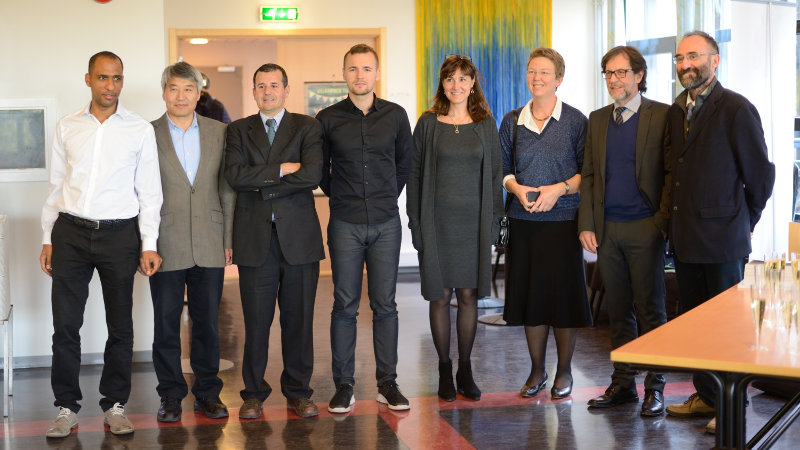
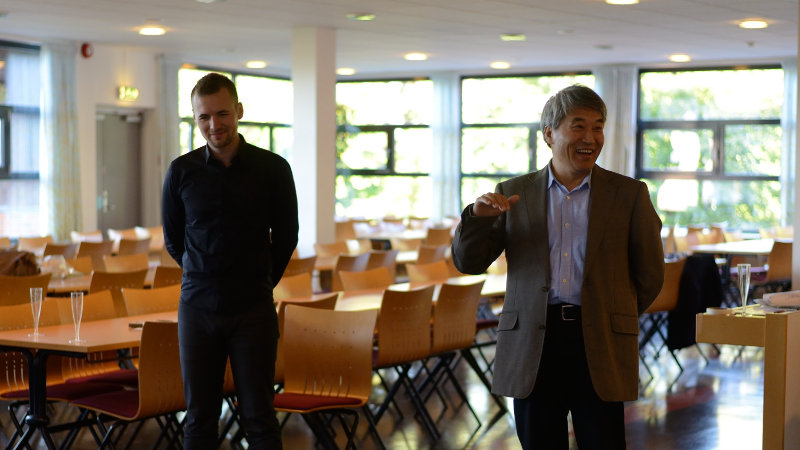
HDR defense of Henry Proudhon, Ecole des Mines de Paris, May 22, 2015
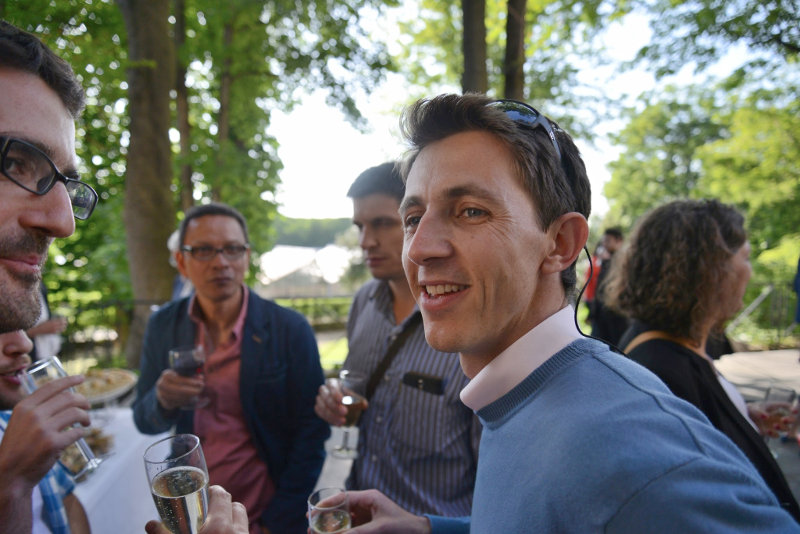
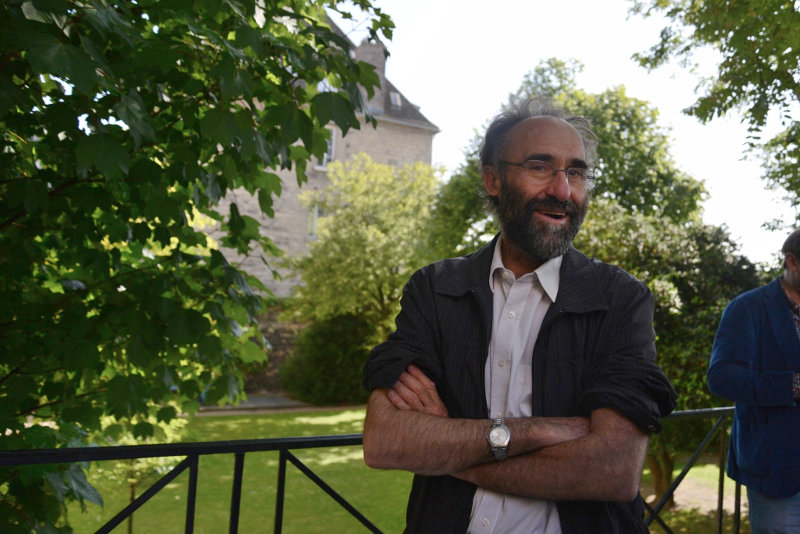
Retirement party of Jean-Louis Chaboche, Onera, March 24, 2015
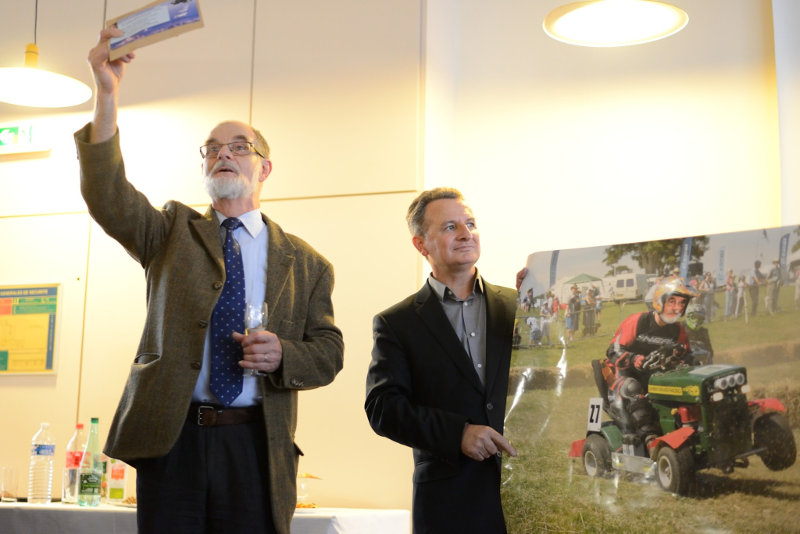
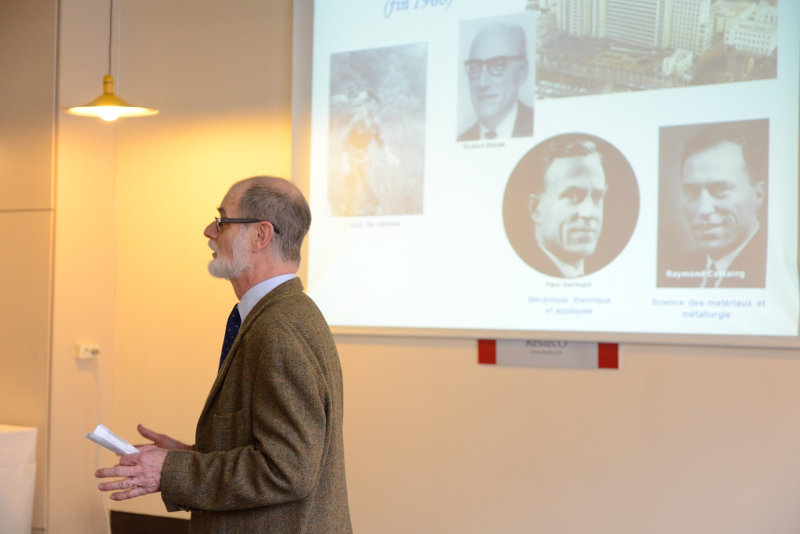
Celebration of Alain Needleman’s 70, Ecole des Mines de Paris, August 2014
European Conference on Fracture, NTNU Trondheim, Norway, July 2014
Journée “Aspects Critallographiques de la déformation et de la rupture des métaux”, Ecole des Mines de Paris, June, 2014
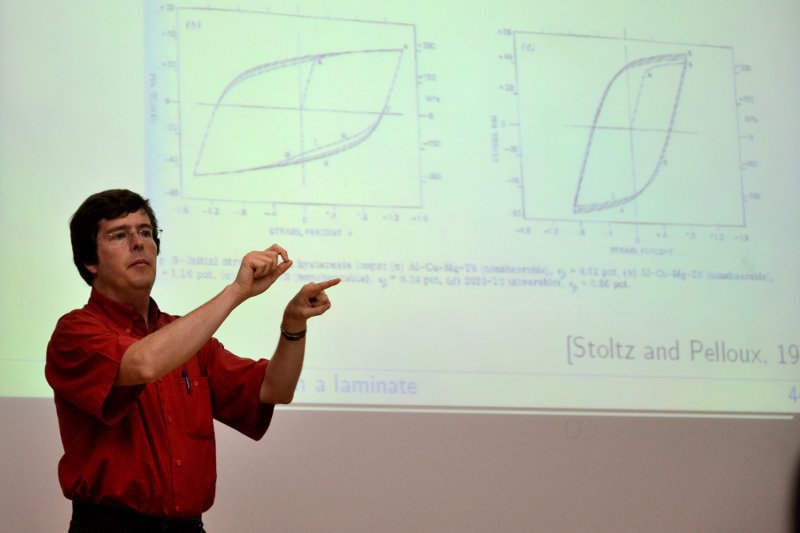
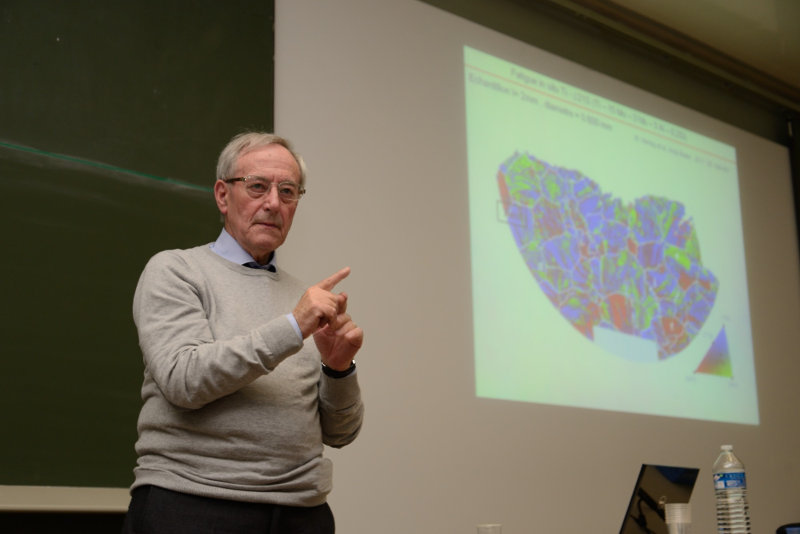
Course NonLinear Computational Mechanics, Ecole des Mines de Paris, March 2014
International Conference on Computational Contact Mechanics, Lecce, Italy, July 2013
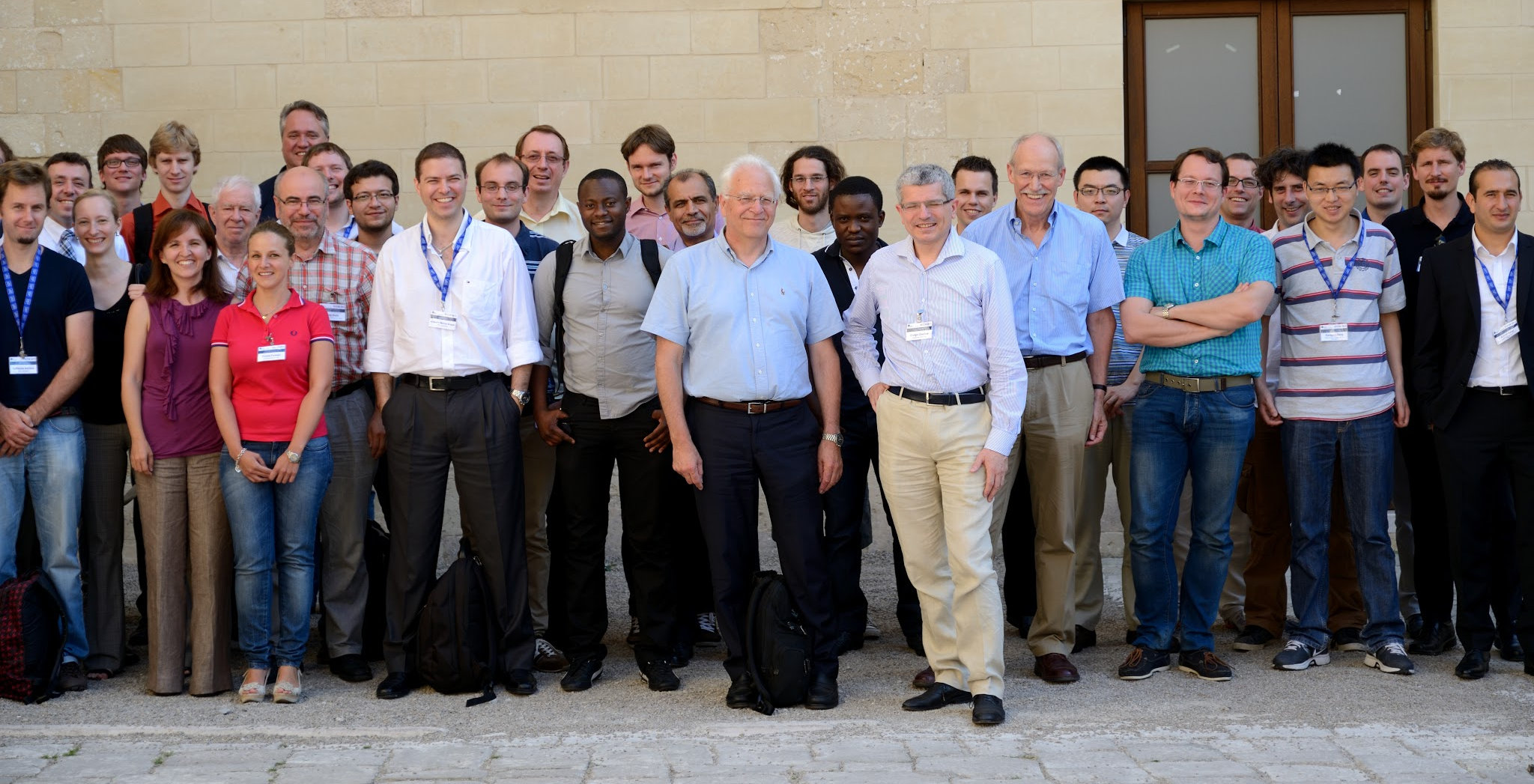
Colloque CSMA, Giens, France, May 2013
Colloque Plasticité, Paris, France, April 2013
Journées Internationales Francophones de Tribologie, Aix-en-Provence, May 2012
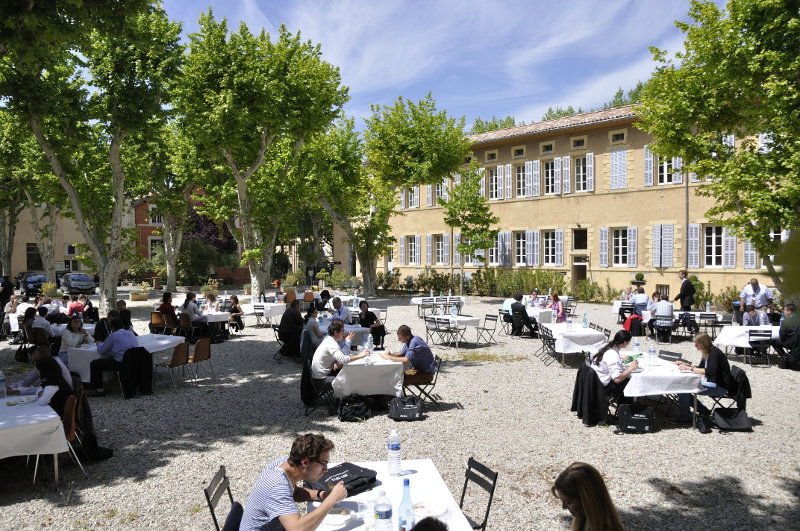
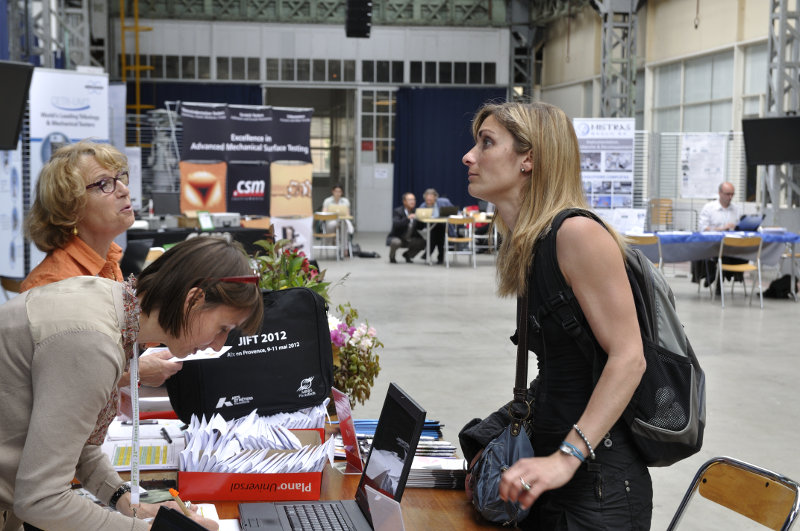
International Conference on Computational Contact Mechanics, Lecce, Italy, September 2009
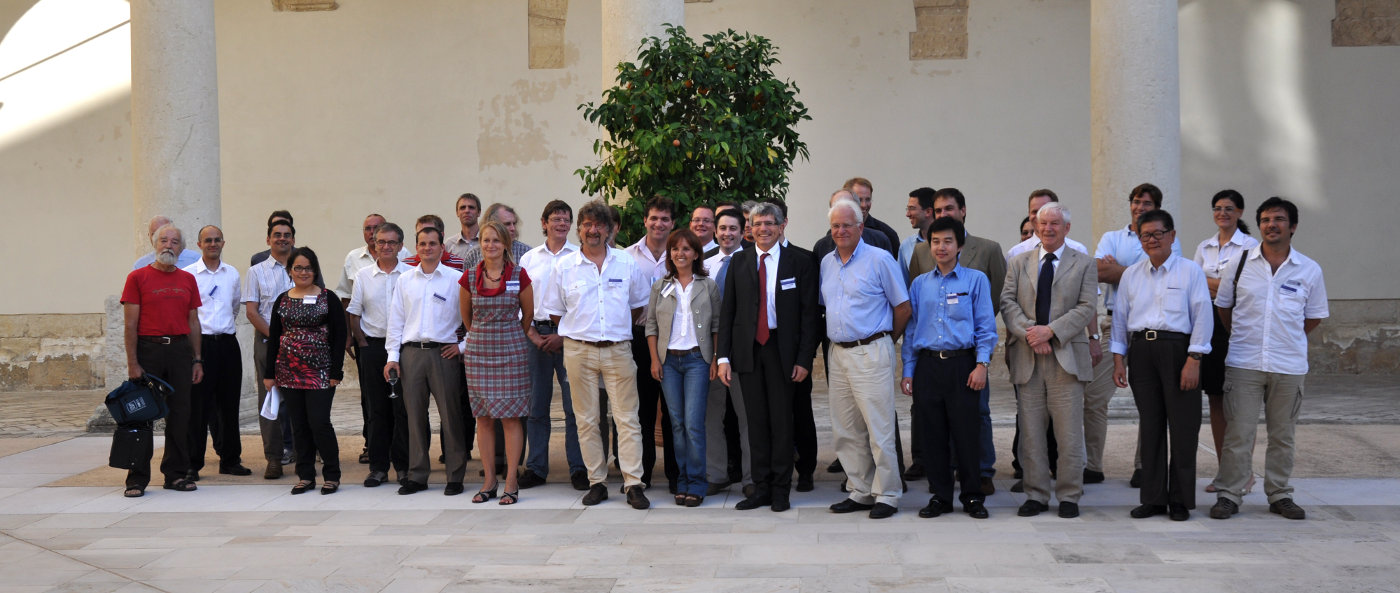
My photo exposition in Fontainebleau, 2015

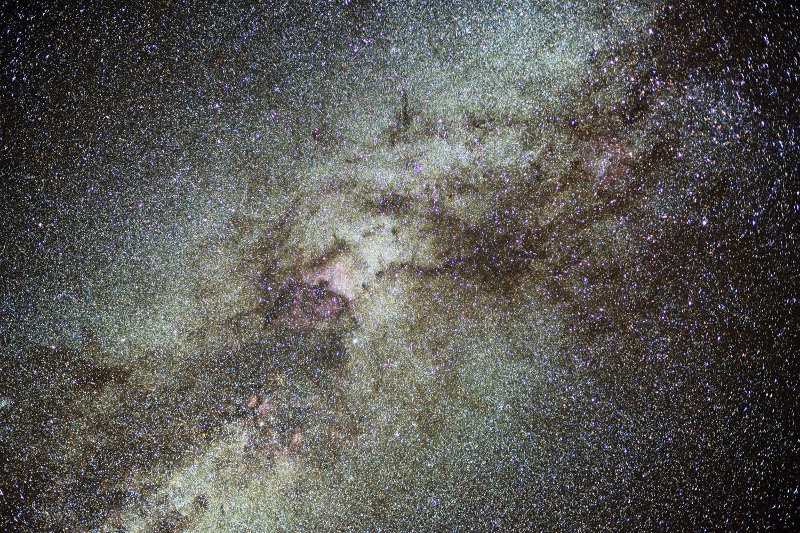
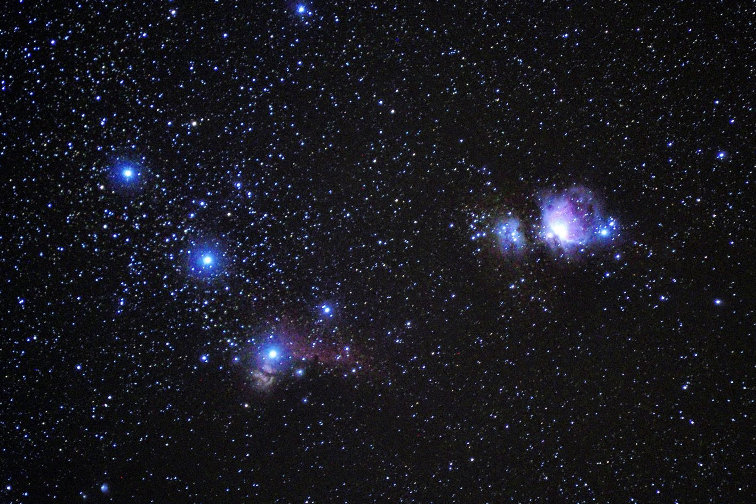
Acknowledgements
Thank you 🇷🇺 Russia, ФМЛ 239 & Политех for a great start, Switzerland and 🇫🇷 France for such a welcoming attitude to me and for the take-off! The MINES ParisTech for a great environment and the CNRS for a dream post!
In my heart or/and in my research I have a souvenir of our interaction and/or collaboration! Thank you:
Bachelor and thesis supervisors and much more that that: Boris E. Melnikov, Artem S. Semenov
PhD supervisors and much more that that: Georges Cailletaud, Frédéric Feyel
CdM of my “youth”: Olga Klinkova, Fanny Jambon, Djamel Missoum-Benziane, Yoann Guilhem, Julien Frachon, Julian Durand, Lingtao Sun, Sophie Cartel, Nikolay & Masha Osipov, Stéphane Quilici, Kais Ammar, Olga Zinovieva, Olga Trubienko, André Pineau, Yves Bienvenu, Liliane Locicero, Anne Piant, Odile Adam, Isabelle Olzenski, Delphine Reche, Bahram Sarbandi, Nicolas Cordero, Clémence Devilliers, Guillaume Abrivard, Ozgur Aslan, Justin Dirrenberger, Florine Maes, Thibault Herbland, Laurent Maze, Jianqiang Chen, Thomas Villaro, Angélique Consil, Aurélie Jean, Céline Gérard, Esteban Busso, Matthieu Mazière, Siarhey Dubouski, Michael Fischlschweiger, Thomas Dick, Françoise Di Rienzo
"Modern" CdM: Georges Cailletaud, Samuel Forest, Henry Proudhon, Jacques Besson, Jérôme Crépin, Pierre Kerfriden, David Ryckelynck, Vladimir Esin, Stéphanie Basseville, Alain Thionnet, Claudine Devemy, Ziradjoudine Akber, Catherine Rouil, Véronique Matos, David Ryckelynck, Franck N’Guyen, Loïc Nazé, Thilo Morgeneyer, François Willot, Moubine Al Kotob, Laurent Corté, Anna Ask, Harris Farouk, Farida Azzouz, Vincent Maurel, Lucien Laiarinandrasana, Cristian Ovalle-Rodas, Sabine Cantournet, Sarojinee Bonneville, Alain Koster, René Cluzet, Anne-Françoise Gourgues, Chantal Cocain, Michel Boussuge, Victor de Rancourt, Julie Heurtel, Jean-François Hochepied, Sébastien Joannès, Sandrine Laurent-Fontaine, Yazid Madi, Abdennour Meddour, Aurélien Villani, Francesco Delloro, Jonathan Ricard, Marie-Hélène Berger, Gregory Saint-Luce, Nicolas Gueninchault, Maria Simoes, Basile Marchand, Laurent Lacourt, Sylvain Gailliegue, Fabrice Gaslain, Franck Bluzzat, Cédric Toussaint, and all-all-all
EPFL Family: Guillaume Anciaux, Dave Kammer, Jean-François Molinari, Mathilde Radiguet, Daniel Pino-Munoz, Cyprien Wolff, Philippe Geubelle, Demir & Duygu Onay Coker, Lucas Frerot, Nicolas Richart, Fabien Barras, Alejandro Marcos Aragon, Ramin Aghababaei, S. Mohadeseh Taheri-Mousavi
DDD part of my life: Laurent Dupuy, Marc Bletry, Marc Fivel, Patrick Villechaise
Electricity GeePS & Scheinder: Sophie Noël, Frédéric Houzé, Philippe Testé, Marina Lisnyak, Alexander Bonhomme
External (and very important for me) support: Claude Stolz, Benoît Appolaire, Djimédo Kondo, Lev Truskinovsky, Oliver Allix, Kostas Danas, Mickael Abbas, Laurent Ponson, Michel Raous
Inspiration: James R. Rice, Jim A. Greenwood
Onera team: Johann Rannou, Jean-Didier Garaud, Vincent Chiaruttini, Jean-Louis Chaboche, Noémie Rakotomalala, Sylvia Feld-Payet, Eva Borakiewicz
Deutschland: Peter Wriggers, Alexander Popp, Martin Müser, Valentin Popov, Lars Pastewka, Alexander Konyukhov, Karl Schweizerhof, Anton Tkachuk
JTCAM team: Vincent Acary, Mathias Legrand, Maurine Montagnat, François Gibier
CSMA Juniors team: Régis Cottereau, Ludovic Chamoin, Thomas Heuzé, Valentine Rey, Cédric Giry, Jérémie Girardot, Andrea Barbarulo, Aline Bel-Brunon, Robin Bouclier, Mohamed Jebahi, Azdine Nait-Ali, Etienne Prulière
"Padawans": Fadoua Majid, Amine Saidi, Yirun Zou, Andrei G. Shvarts, Basava Raju Akula, Julian Durand, Dmitry Tkalich, Amandine Sergeant-Boy, Pauline Bonnet, Paul Beguin, Matti Lindroos, Robin Lethiecq, Takahiro Sakimoto, Paolo Cinat, Aurélien Fouque, Vikram Phalke, Ming Liu, Ayaovi Dzifa Kudawoo, Frederick S. Mballa Mballa, Guillaume Burgaud
Lorentz centre team: Lucia Nicola, Antonis Vakis, Julien Scheibert, Michele Ciavarella + Daniele Dini
Safran tech: Julien Vignollet, Arjen Roos, Augustin Parret-Fréaud
Happy to meet you (for some, only virtually): Aydar Akchurin, Karin Saavedra, Laura de Lorenzis, Mathias Wallin, Alexandre Dufour, Alex Thevenot, Matt Wilkin, Ivan Argatov, Kunnath Ranjith, Loic Serra, Stanisław Stupkiewicz, Jakub Lengiewicz, Margarita Akterskaya, Mark Robbins, Robert Jackson, Serguei Potapov, Stefan Jacobsen, Guzel Shamsutdinova, Antoine Chateauminois, Anton Manoylov, Yang Xu, Manuel Petersmann, Thomas Antretter, Sinisa Mesarovic, Marc G.D. Geers, Ajay B. Harish
Glacial earthquakes team: Anne Mangeney, Olivier Castelnau, Jean-Paul Montagner, Eléonore Stutzmann, Alban Leroyer, Patrick Queutey
Luleå: Andreas Almqvist, Francesc Perez-Rafols
CEMEF team: Charbel Moussa, Pierre-Olivier Bouchard, Eli Hachem, Elisabeth Massoni, Karim Inal, Yannic Tillier, Florence Morcamp, Jean-Luc Bouvard
NEXT Drill team: Alexander Kane, Marion Fourmeau, Charlie Ch. Li, Afaf Saai, Mikko Hokka
Italy & Bari: Marco Paggi, Mauro Corrado, Giorgio Zavarise, Giuseppe Carbone, Michele Ciavarella, Nicola Menga, Carmine Putignano, Antonio Papangelo, Luciano Afferrante, Michele Scaraggi
MSME team: Nicolas Auffray, Guiseppe Rosi, Julien Yvonnet, Qi-Chang He
From Russia with love: Vlad & Katya Golyatin, Irina Goryacheva, Olga Antonova, Fedor Stepanov, Alexander Freidin, Ivan Ryndin, Sergey Semenov, Andrey & Anya Levandovsky, Misha Chevilikhin, Sergey Lobanov, Kolya Panin, Lesha & Manya & Valya Shalygin, Andrey & Natacha Tolmachev, Leha Malyugin, Julia Zastavnaya, Jenya & Gleb Grigoriev
France: Siegfried Fouvry, Didier Lasseux, Benoit Roman, Basile Audoly, Florent Ledrappier, Marie-Christine Baietto, Yves Berthier, Melaine Guillou, Arina Marchenko, Brice Arrazat, Vincent Mandrillon, Emile Renner, Jean-François Rit, Quentin Pujol d’Andrebo, Cyril Touzé
CNRS: Pierre-Yves Bouf, Yves Remond, Section 9
Ma petite famille: Alexandra, Andrey, Daniel & Nicole (ВСАДНик)
My bigger family: Мама, Папа, Ига, Нанай, Бабакай и все-все-все!
To all people who supported me and trusted in me, un grand merci!
